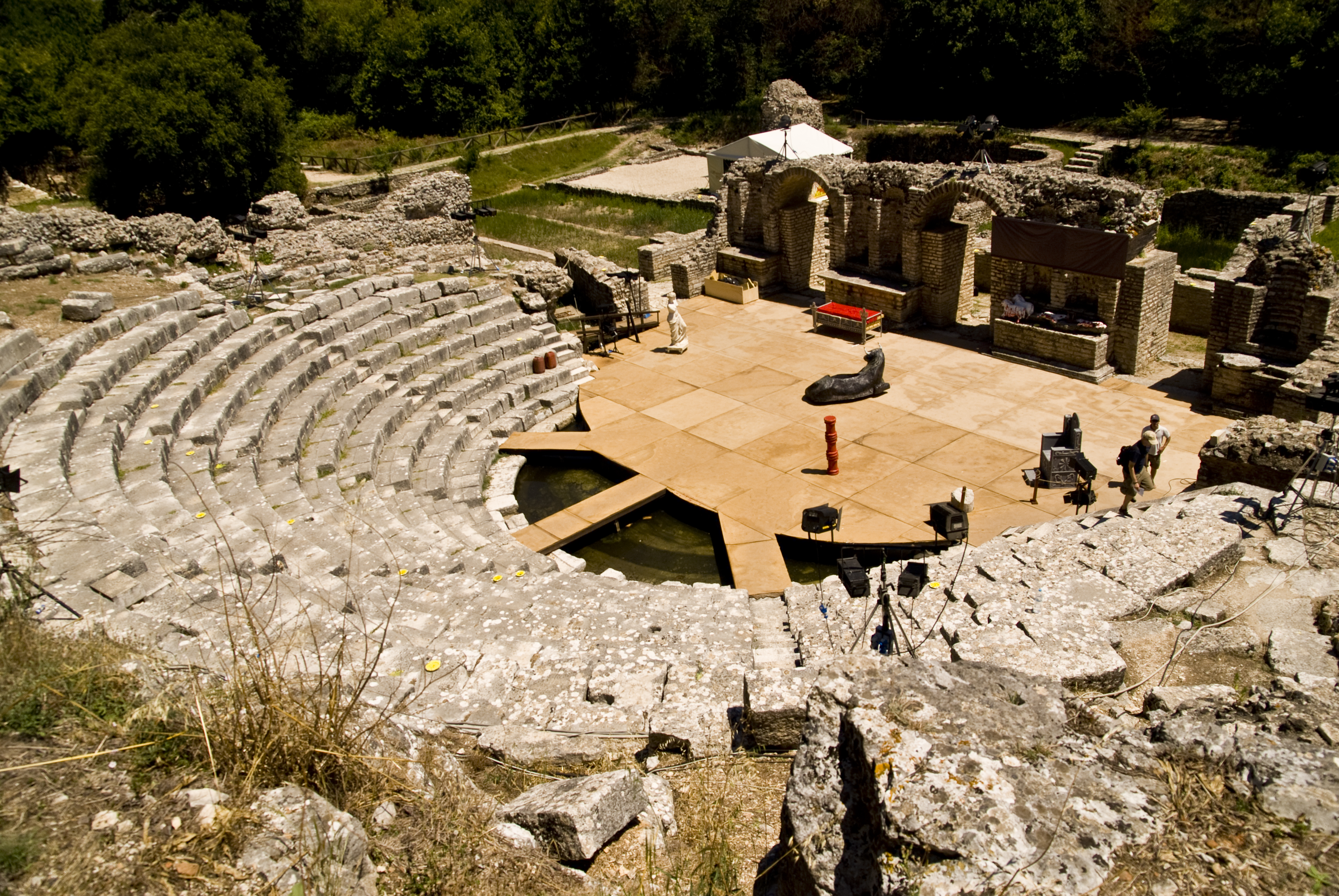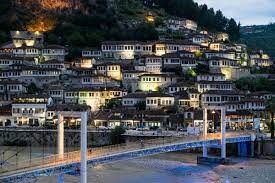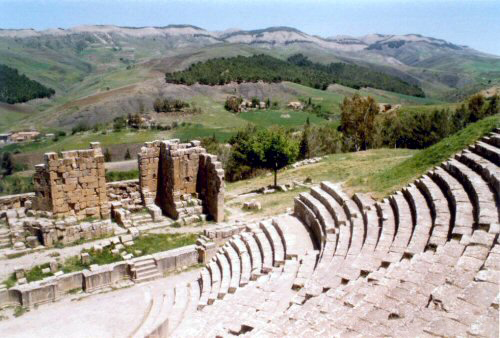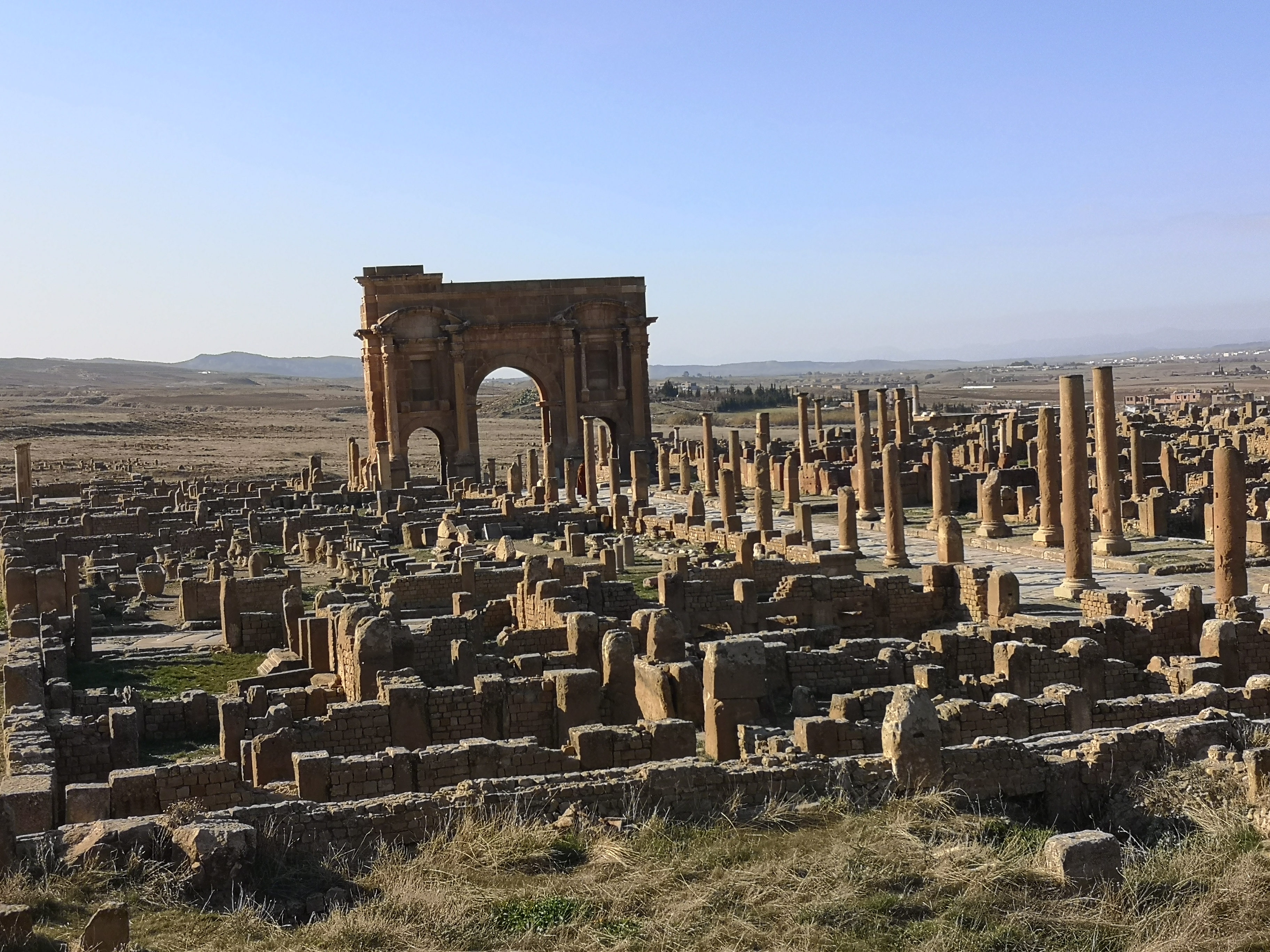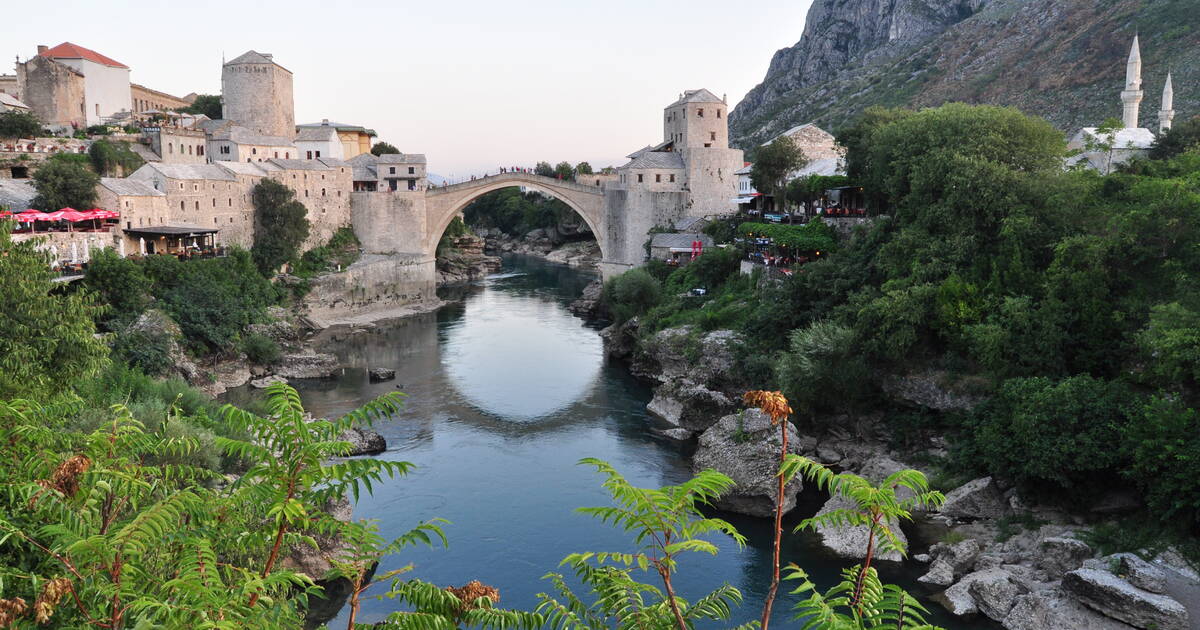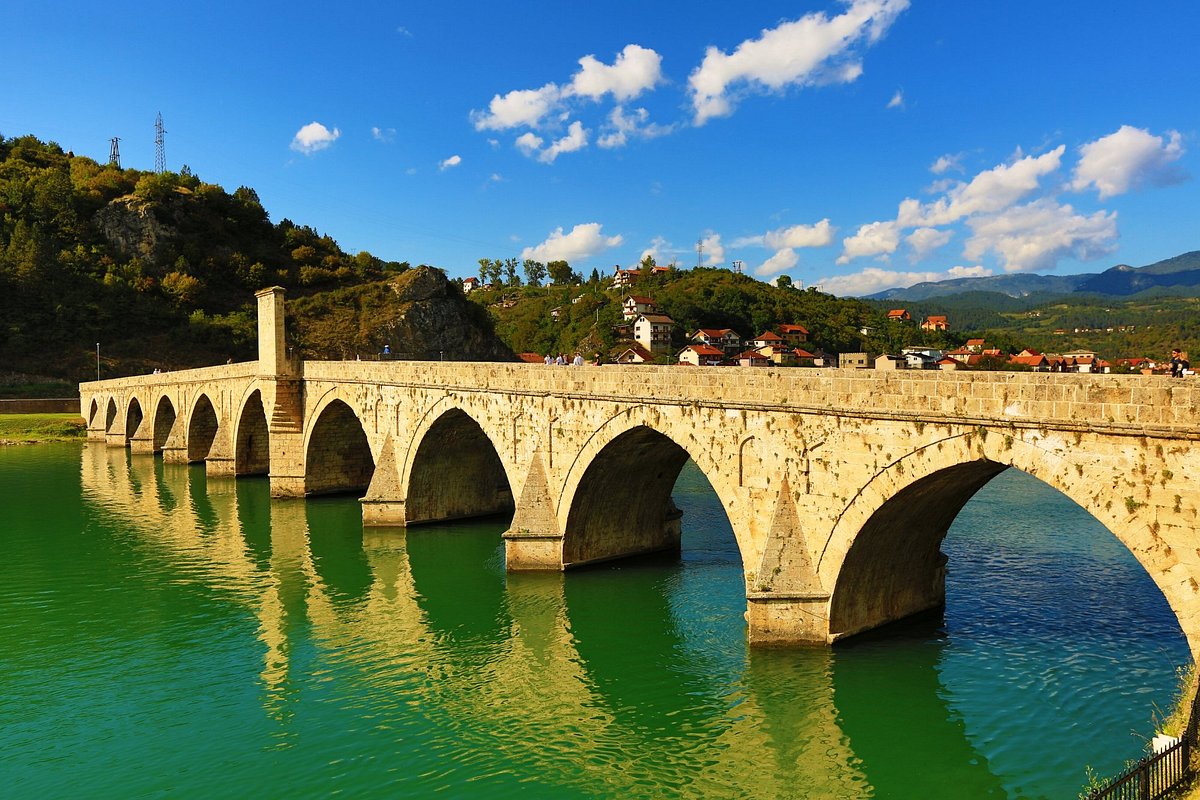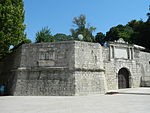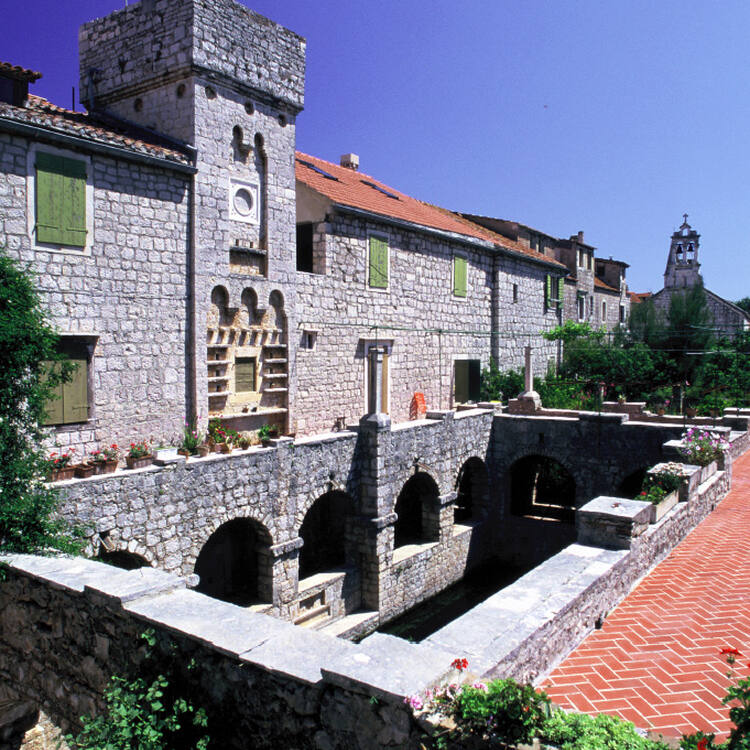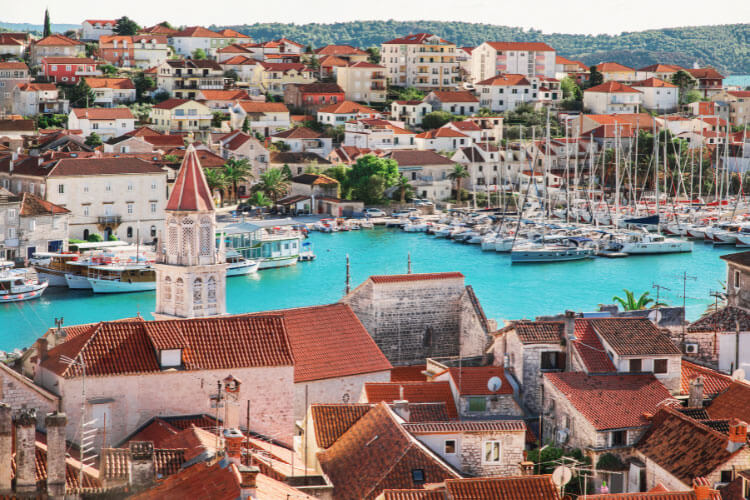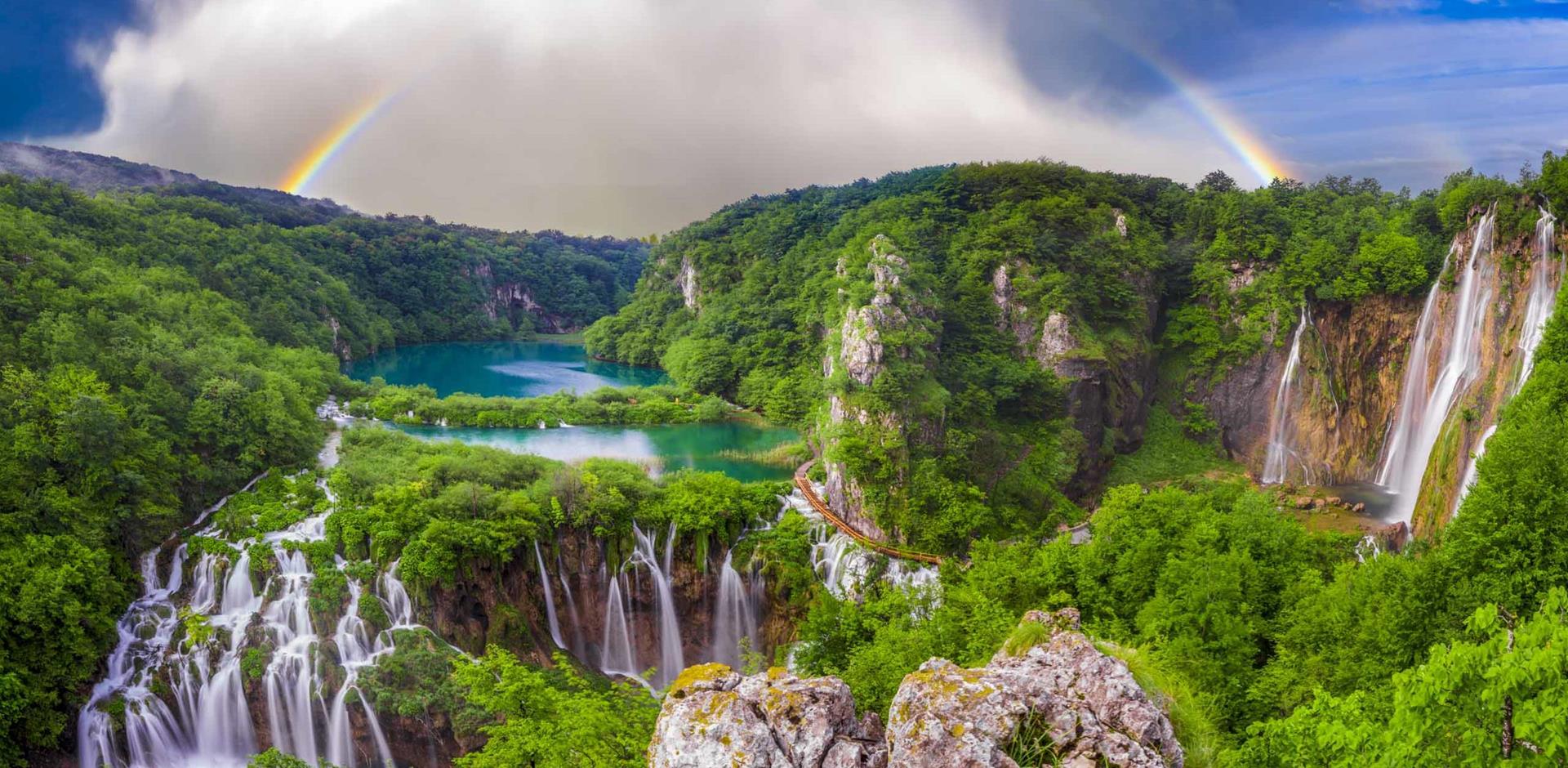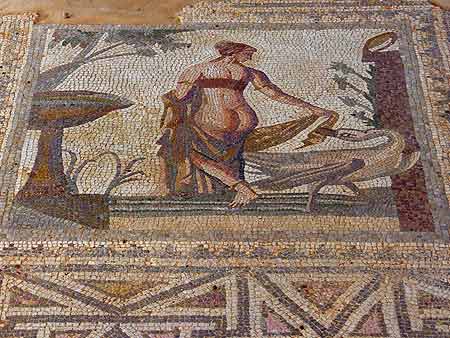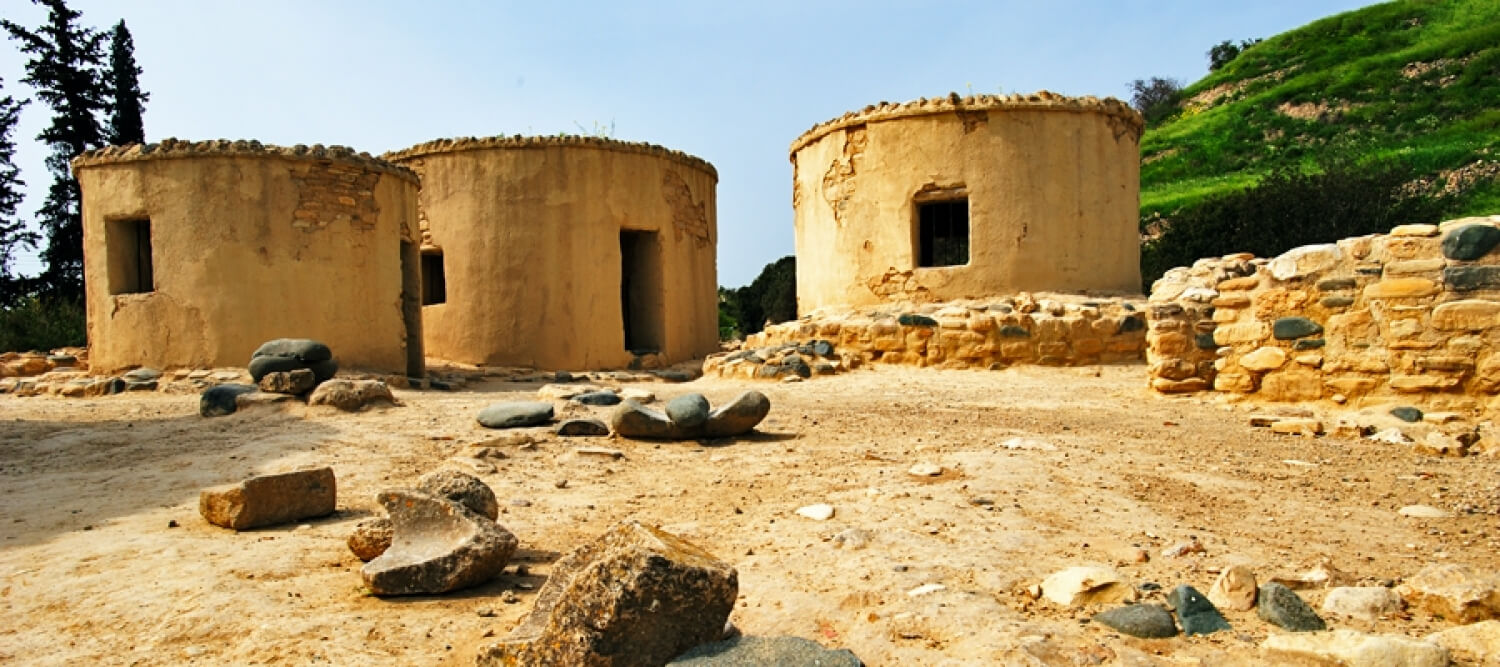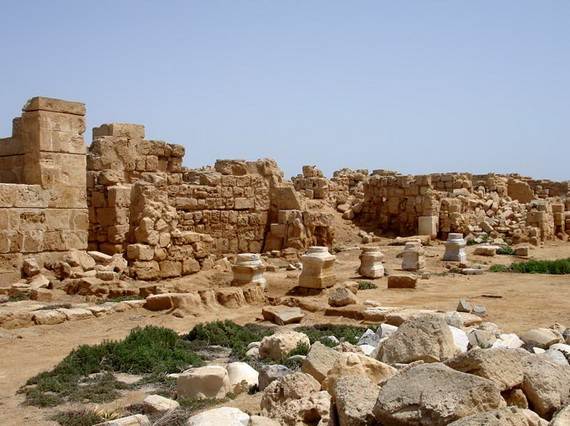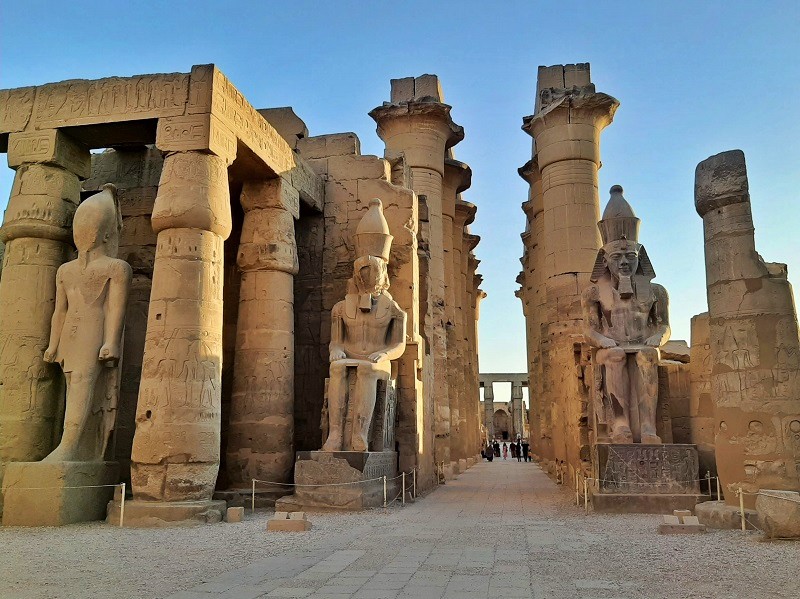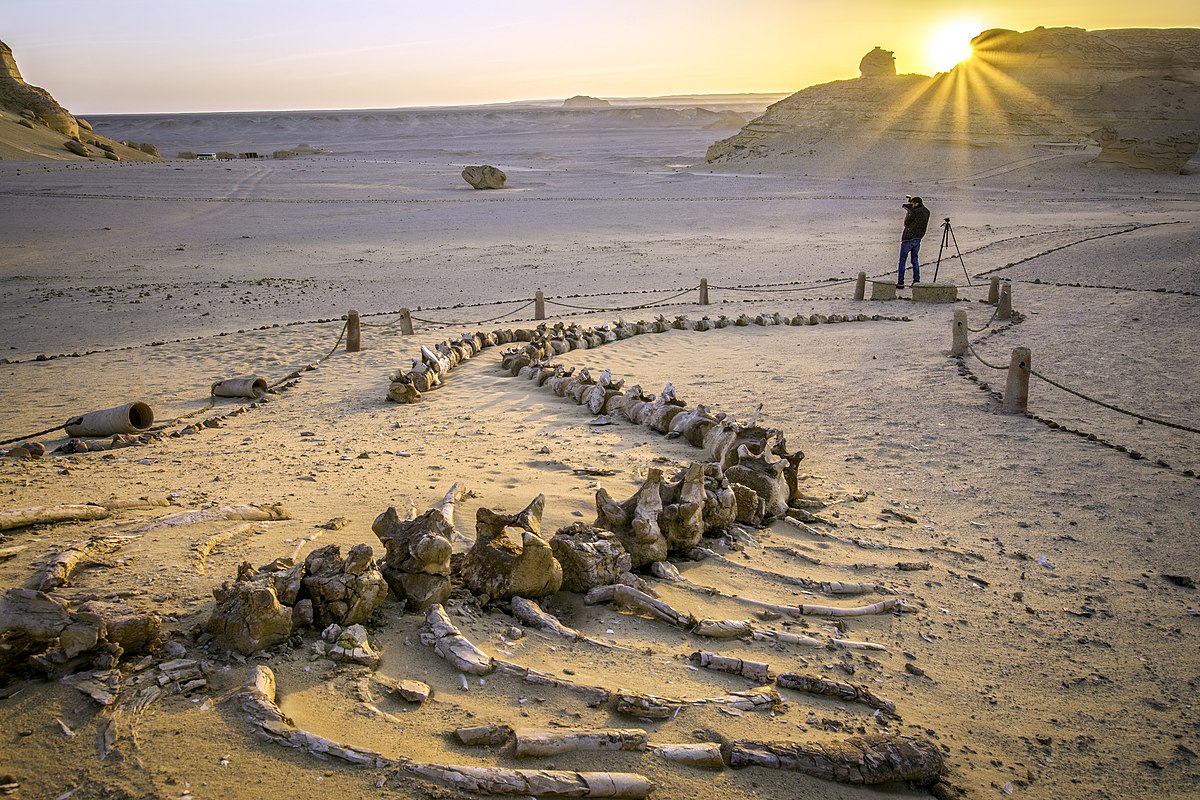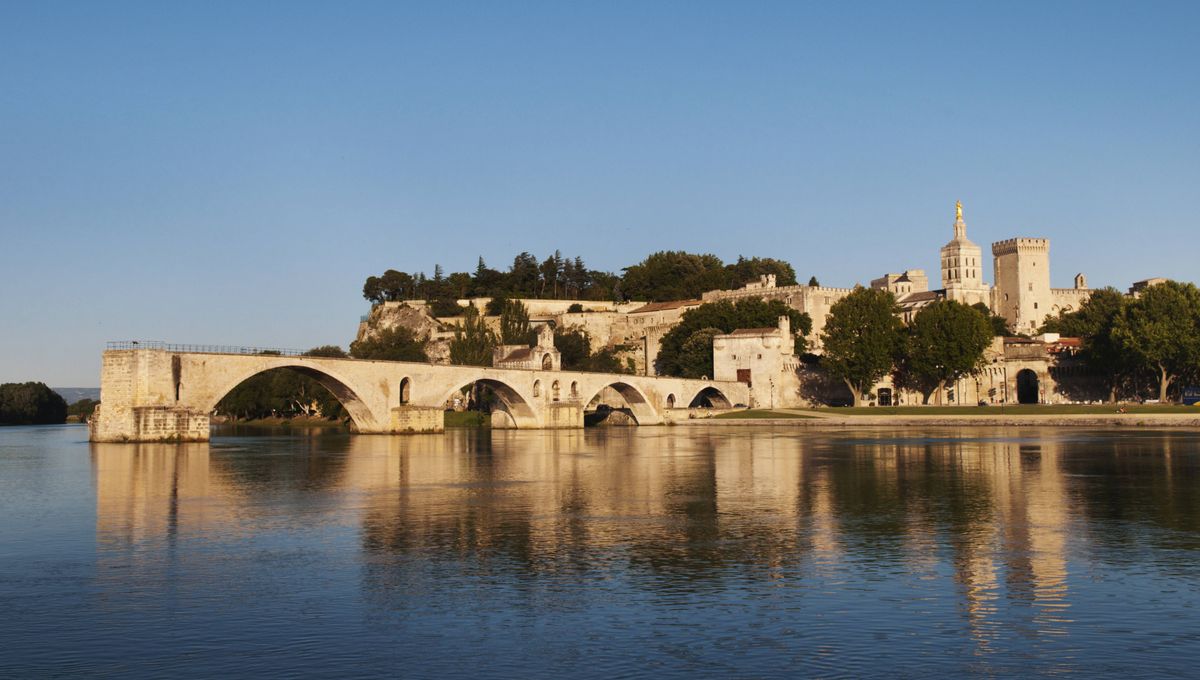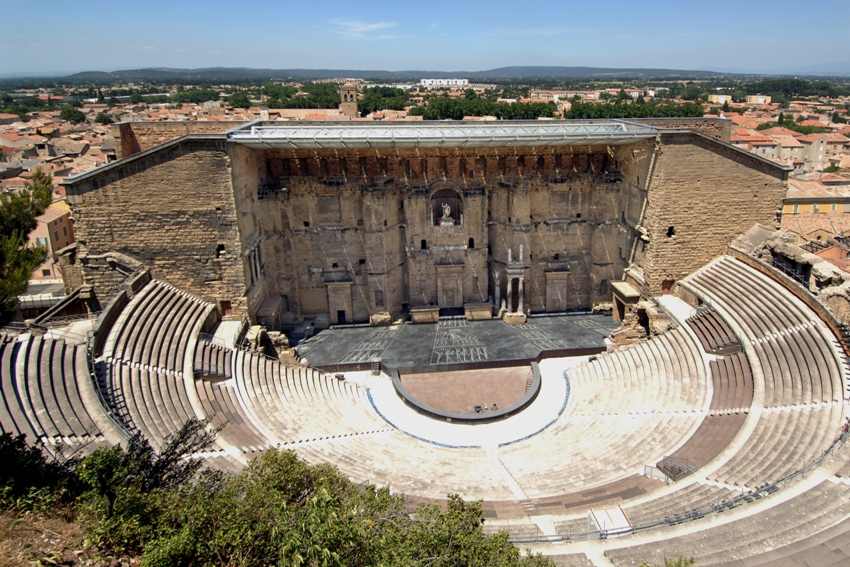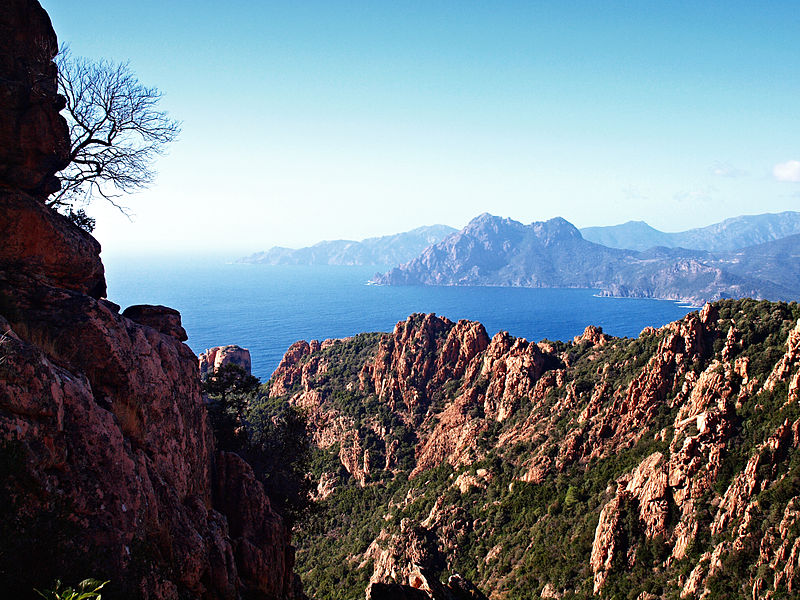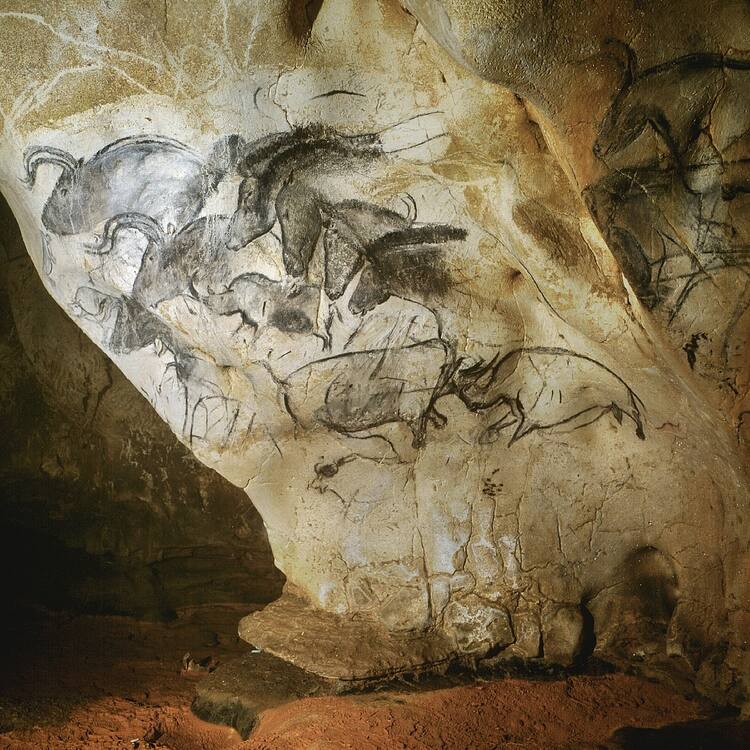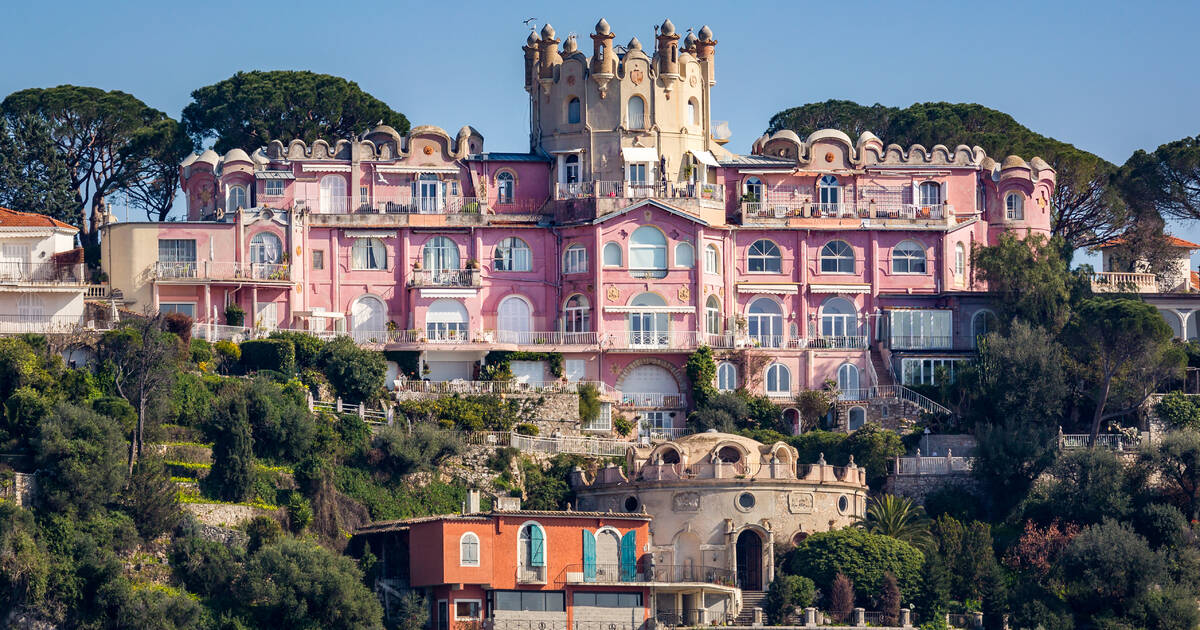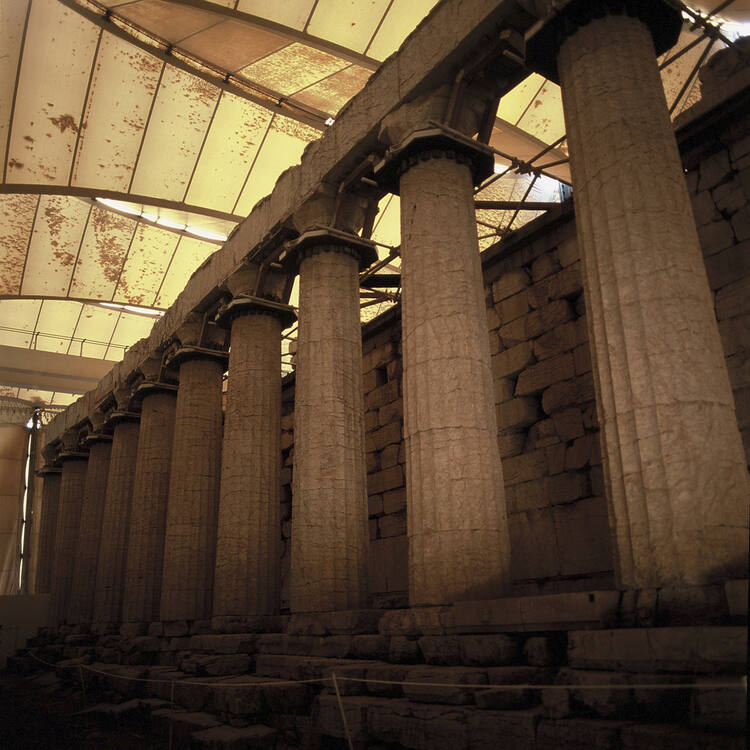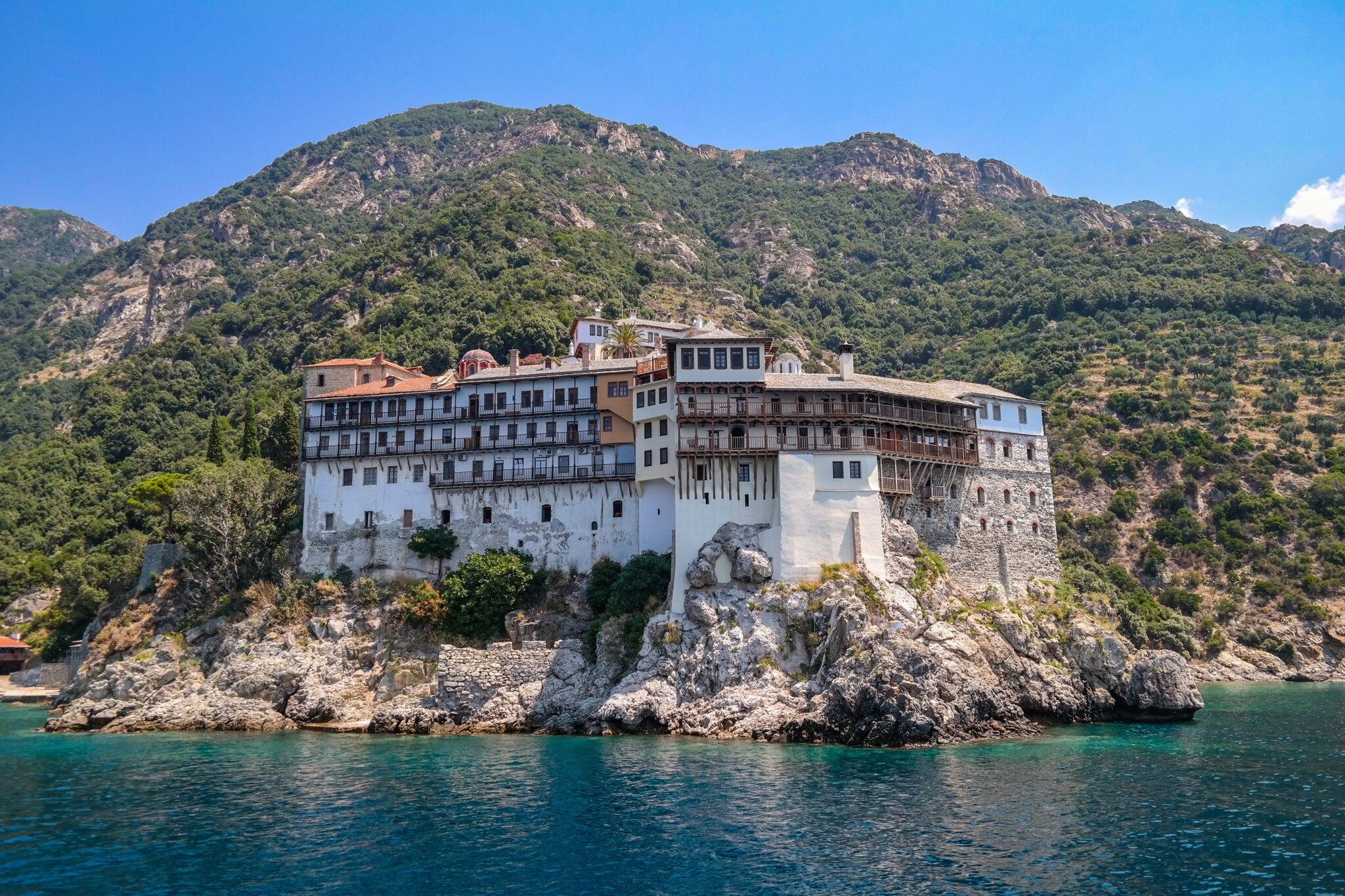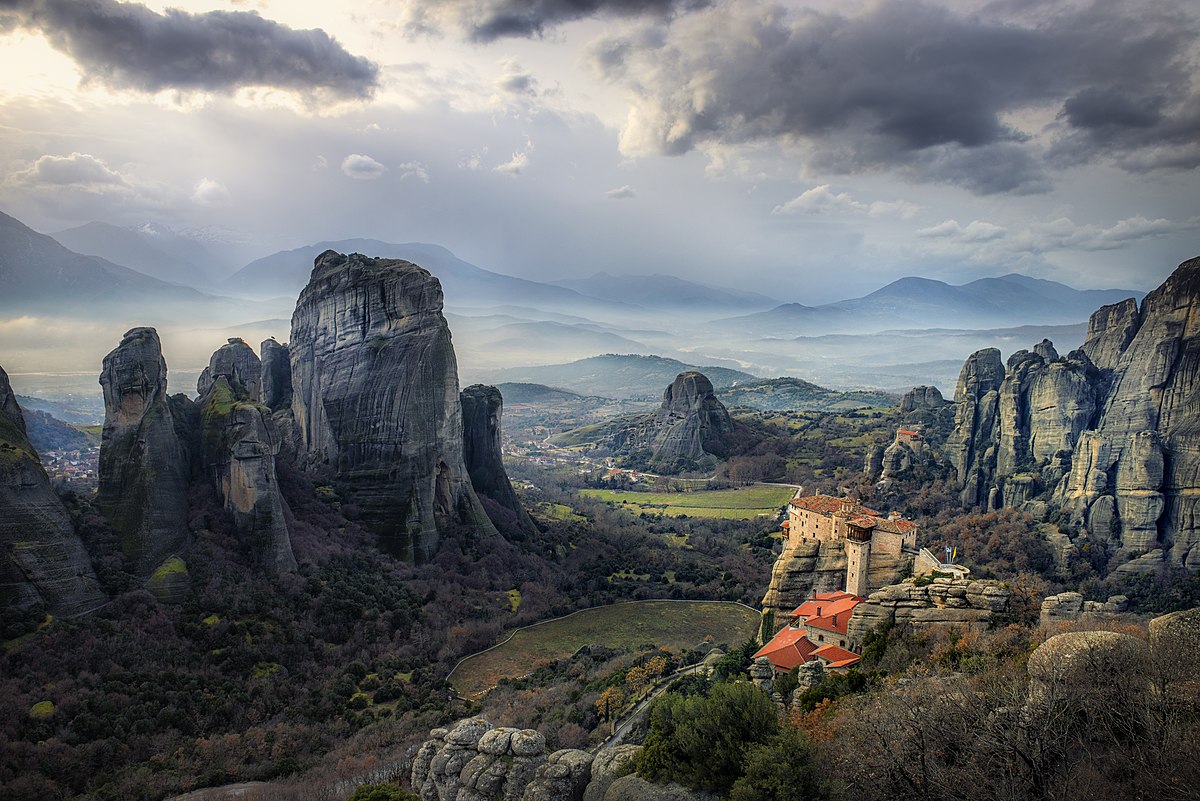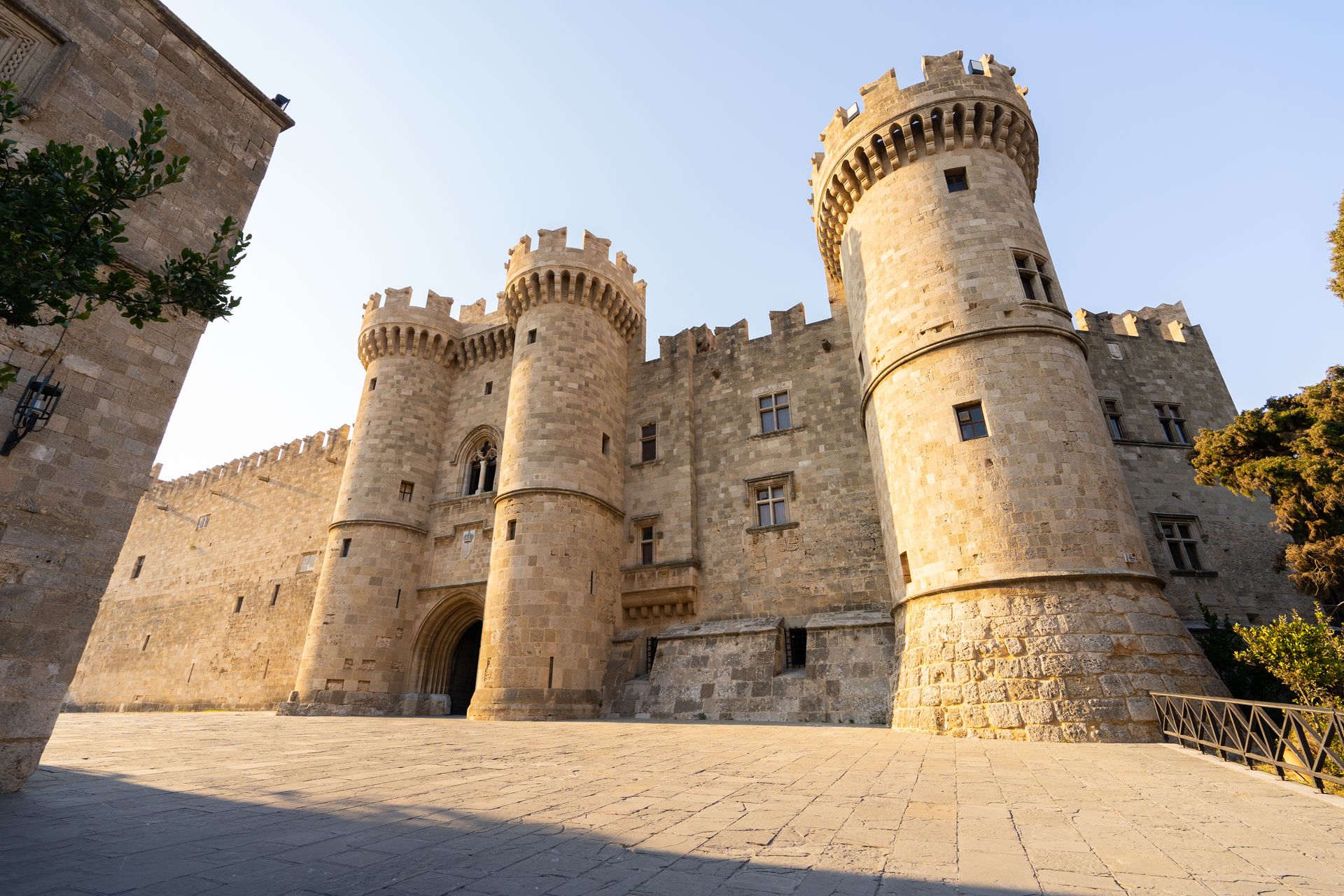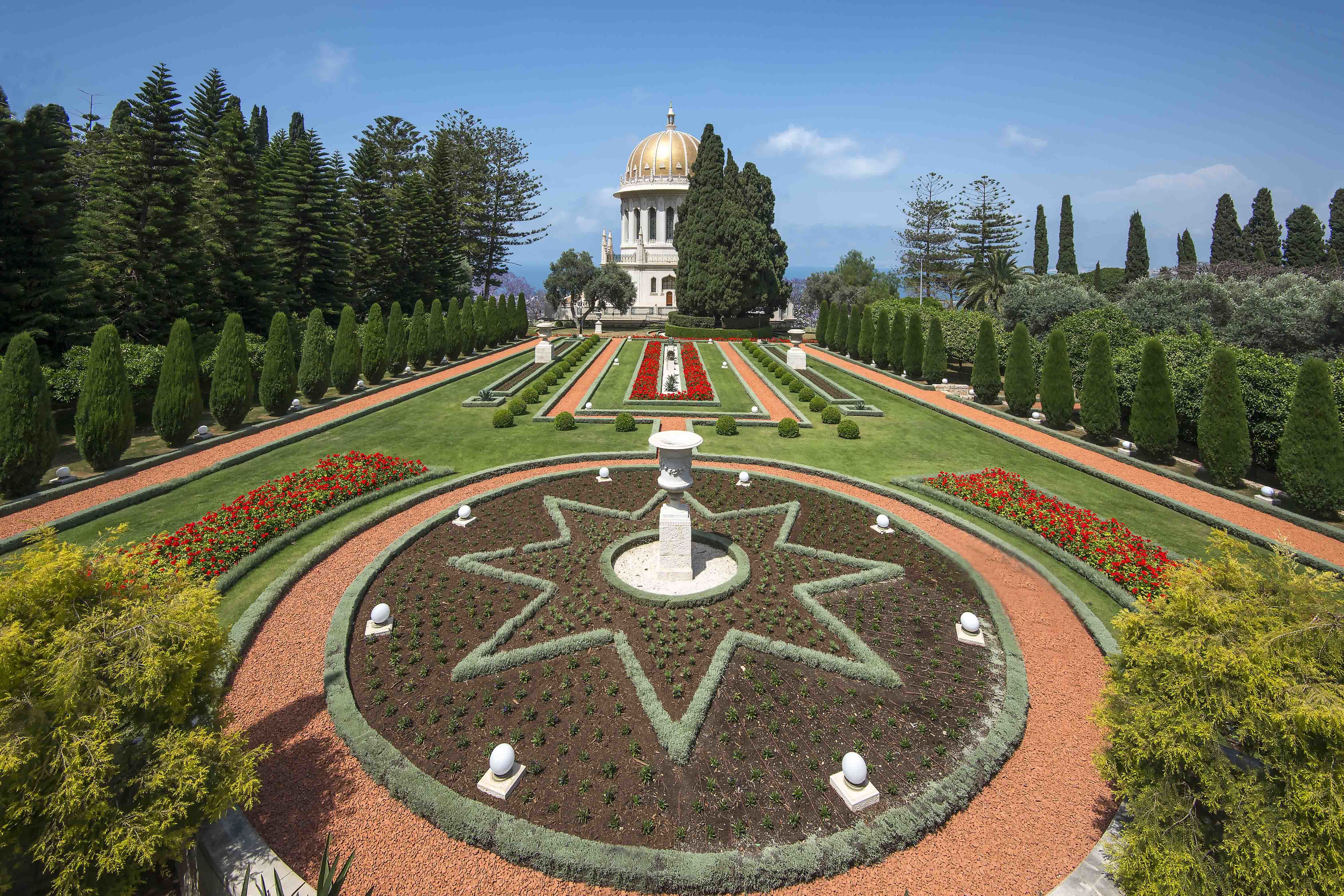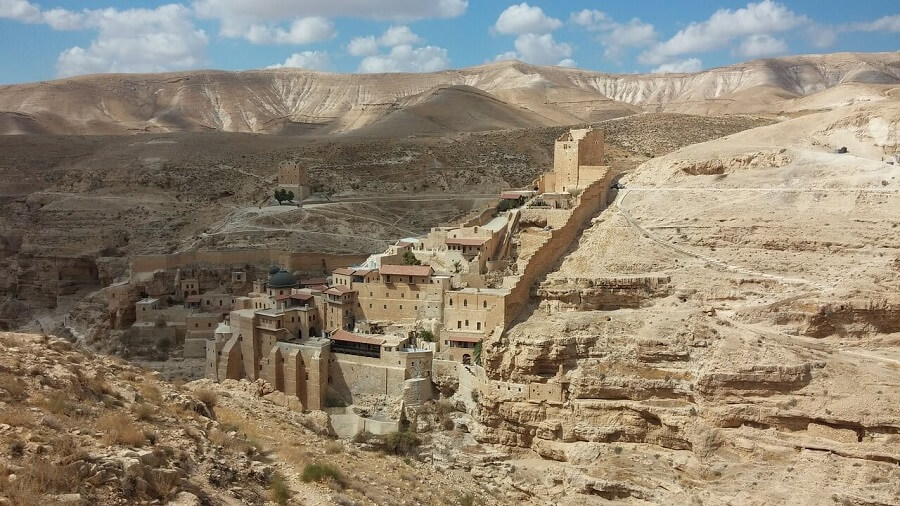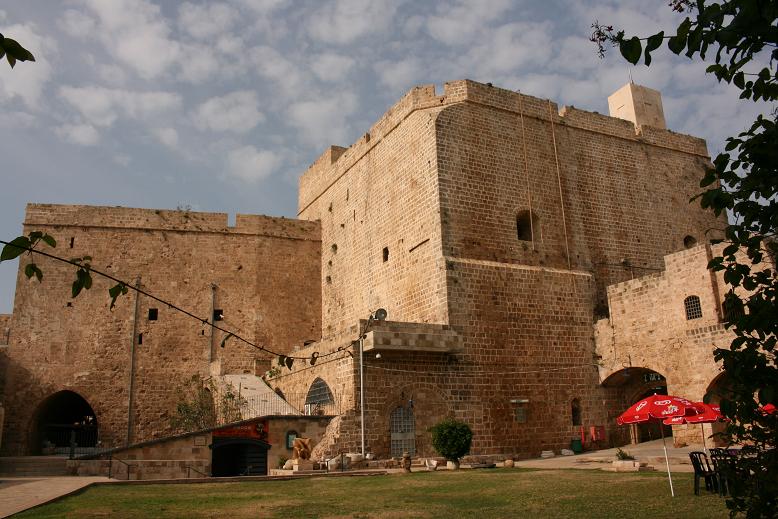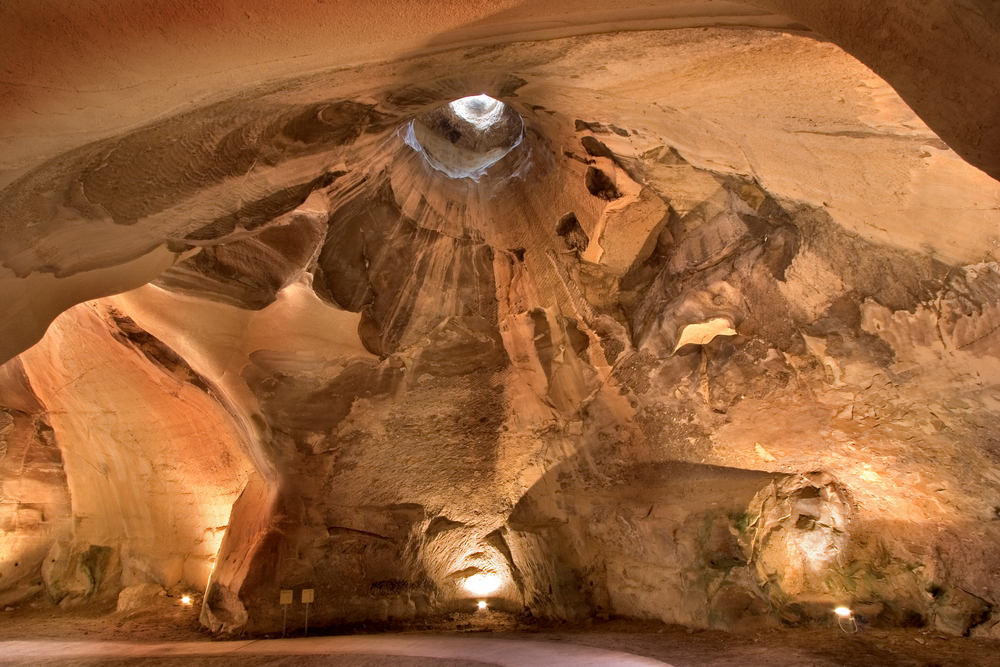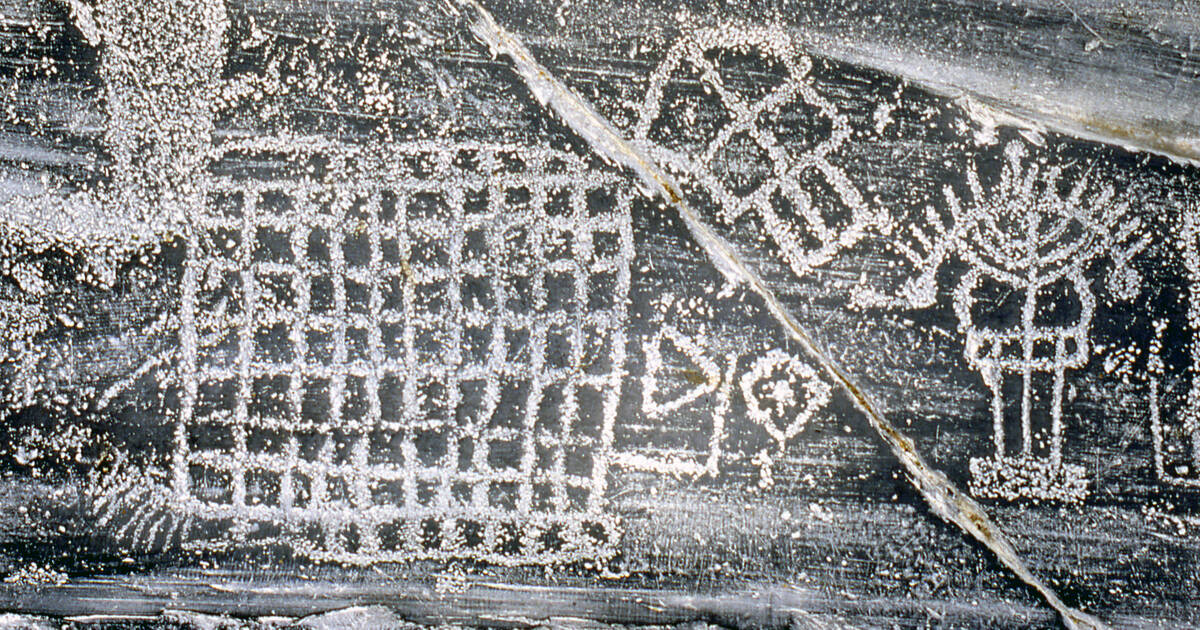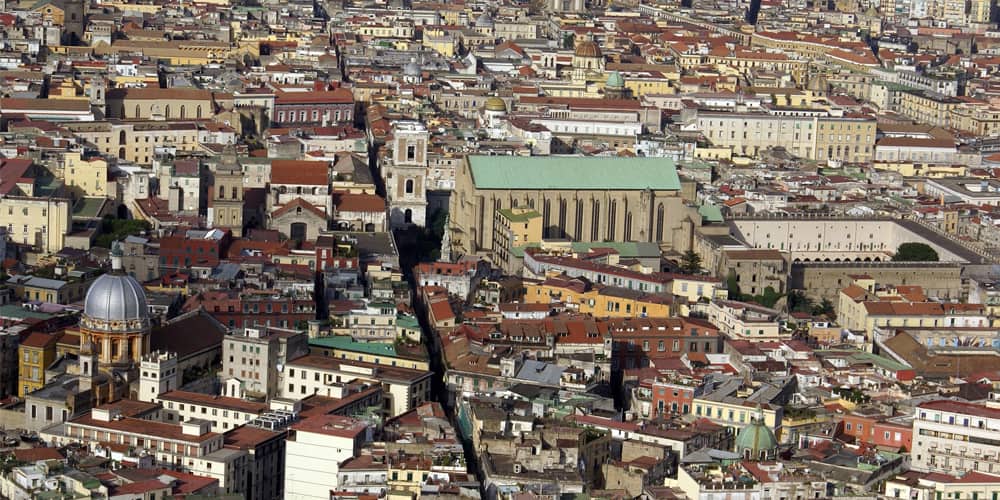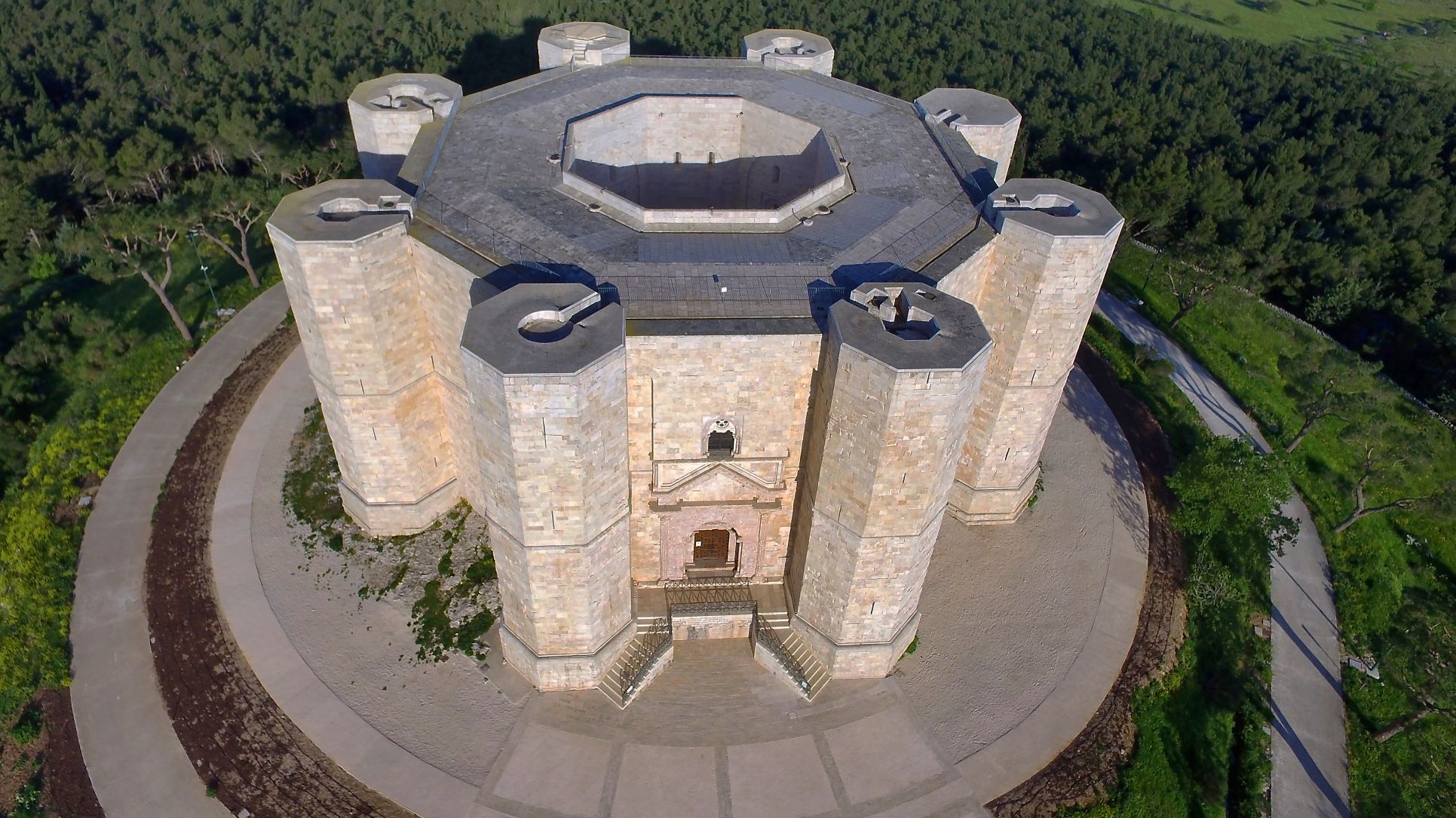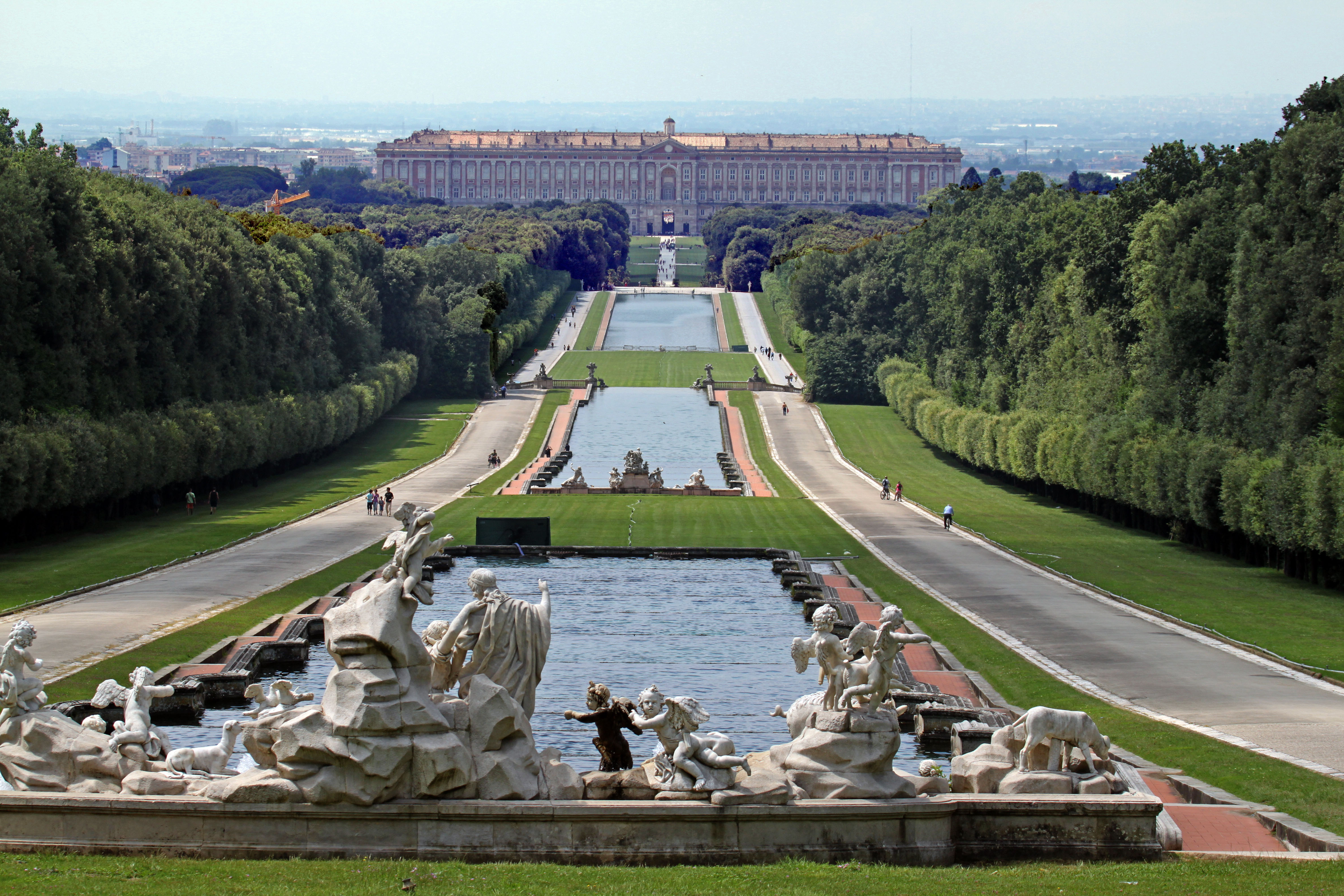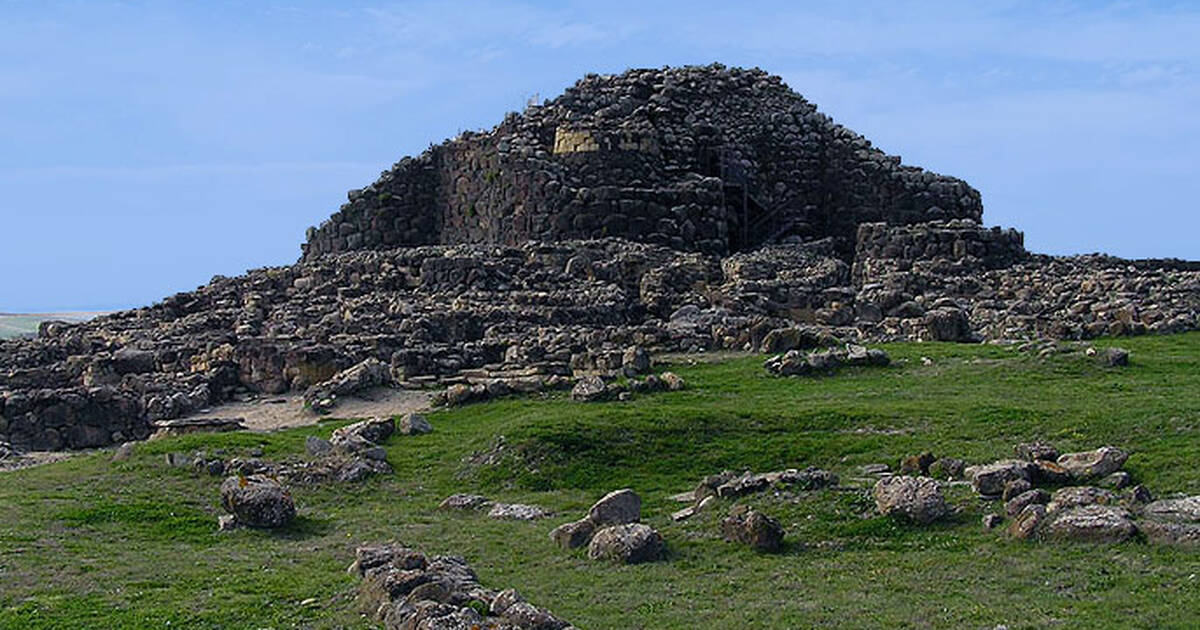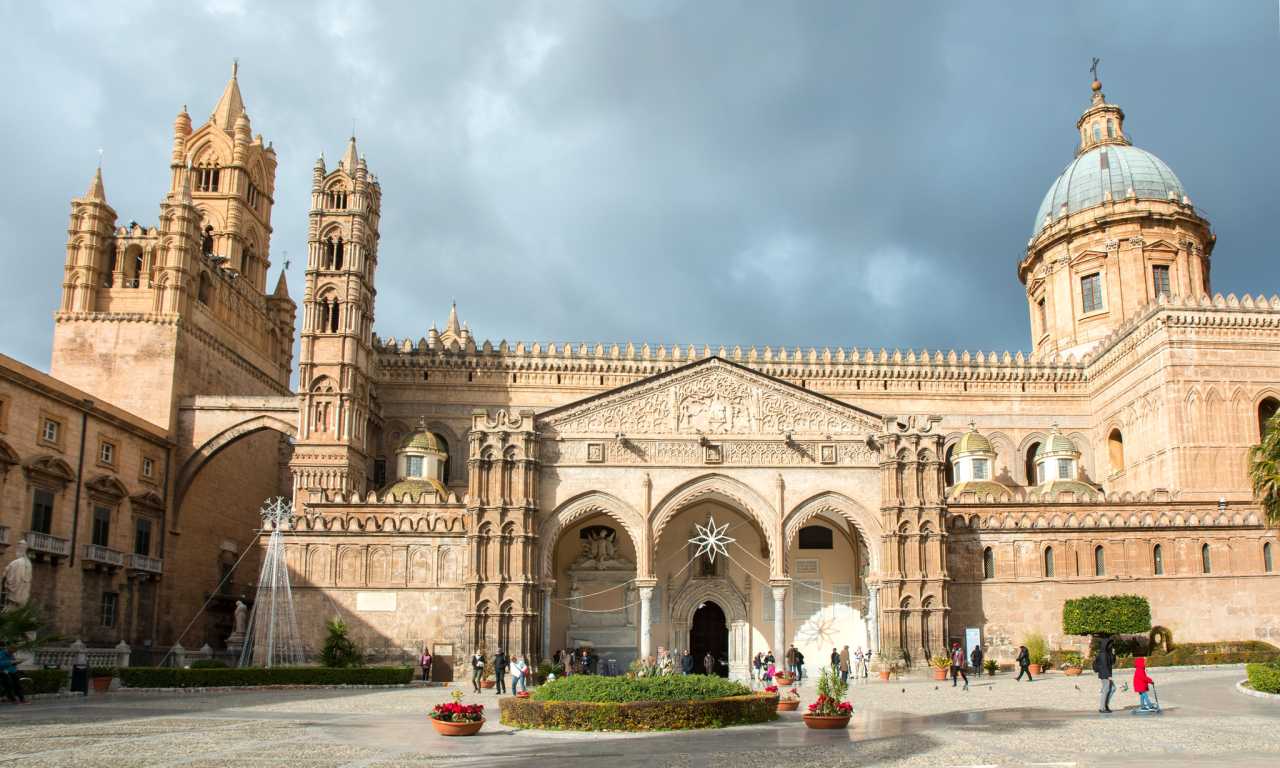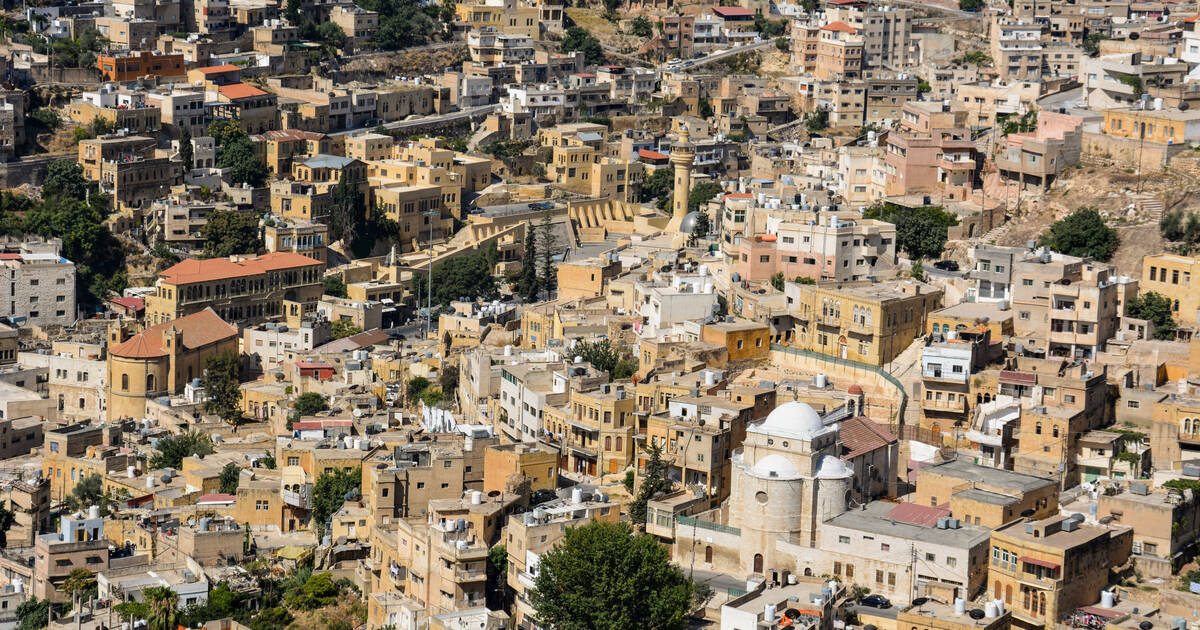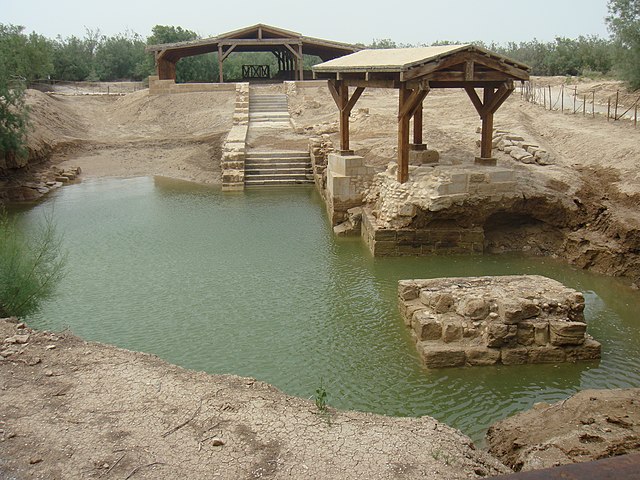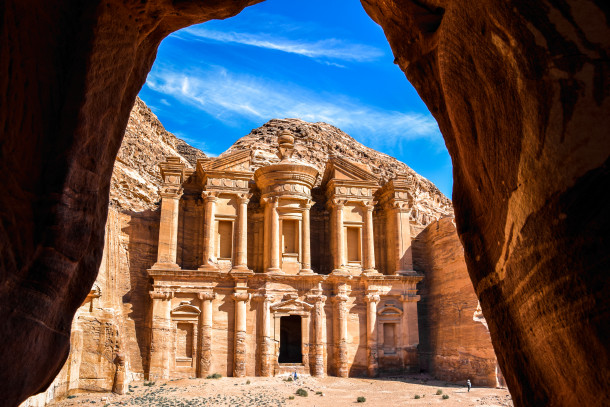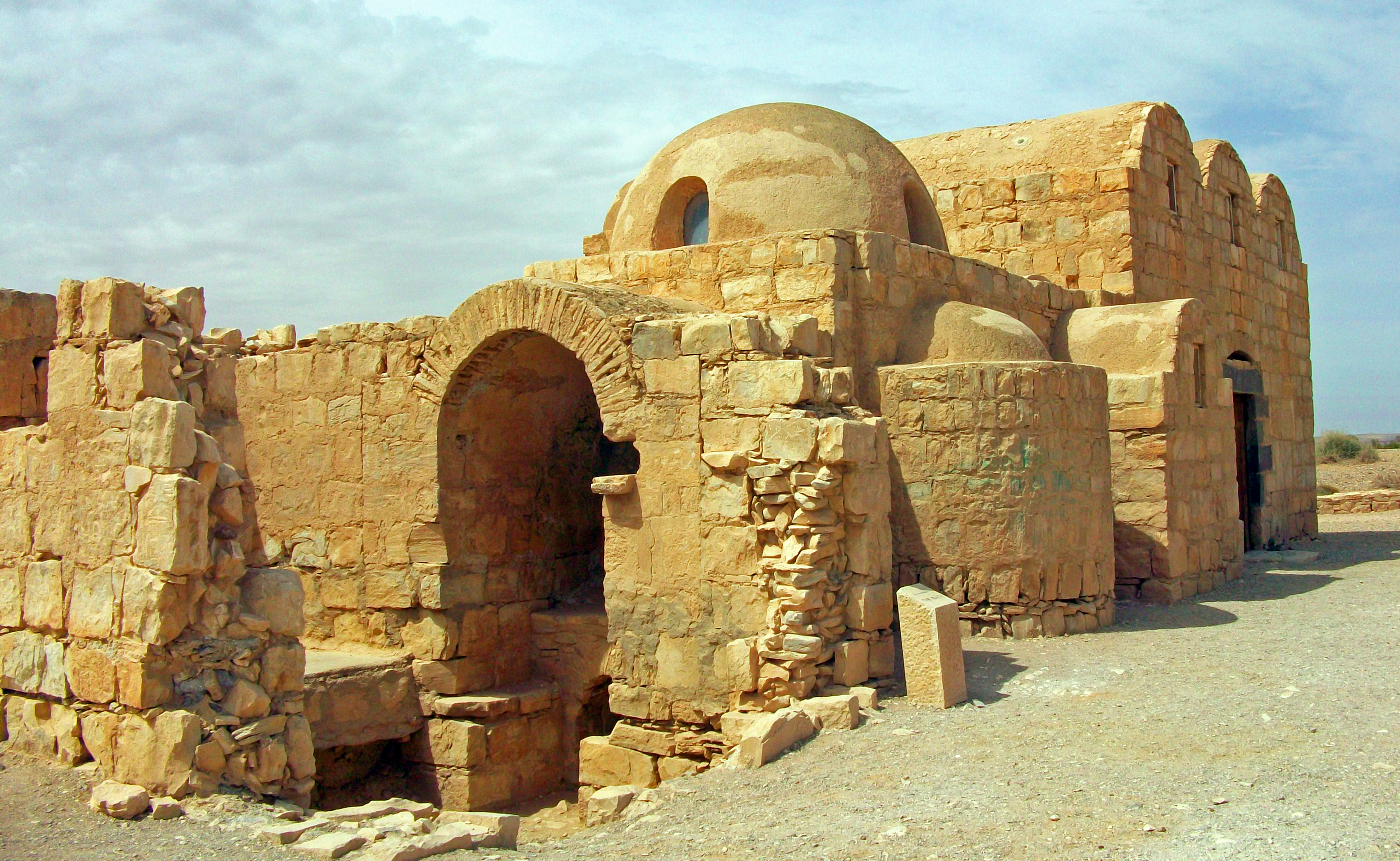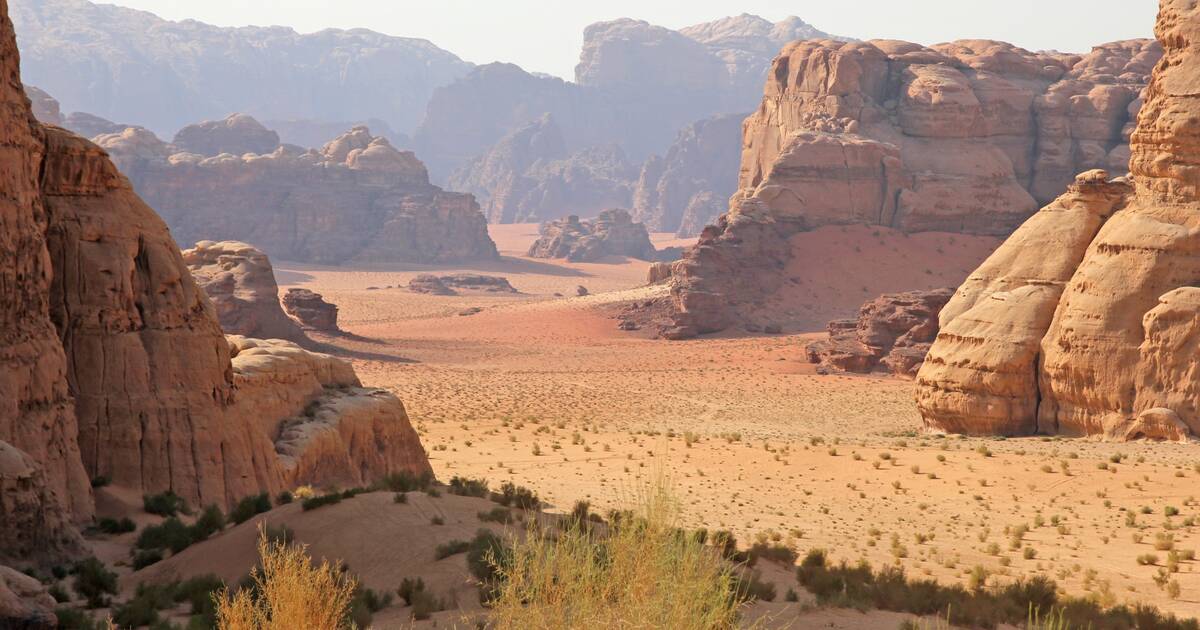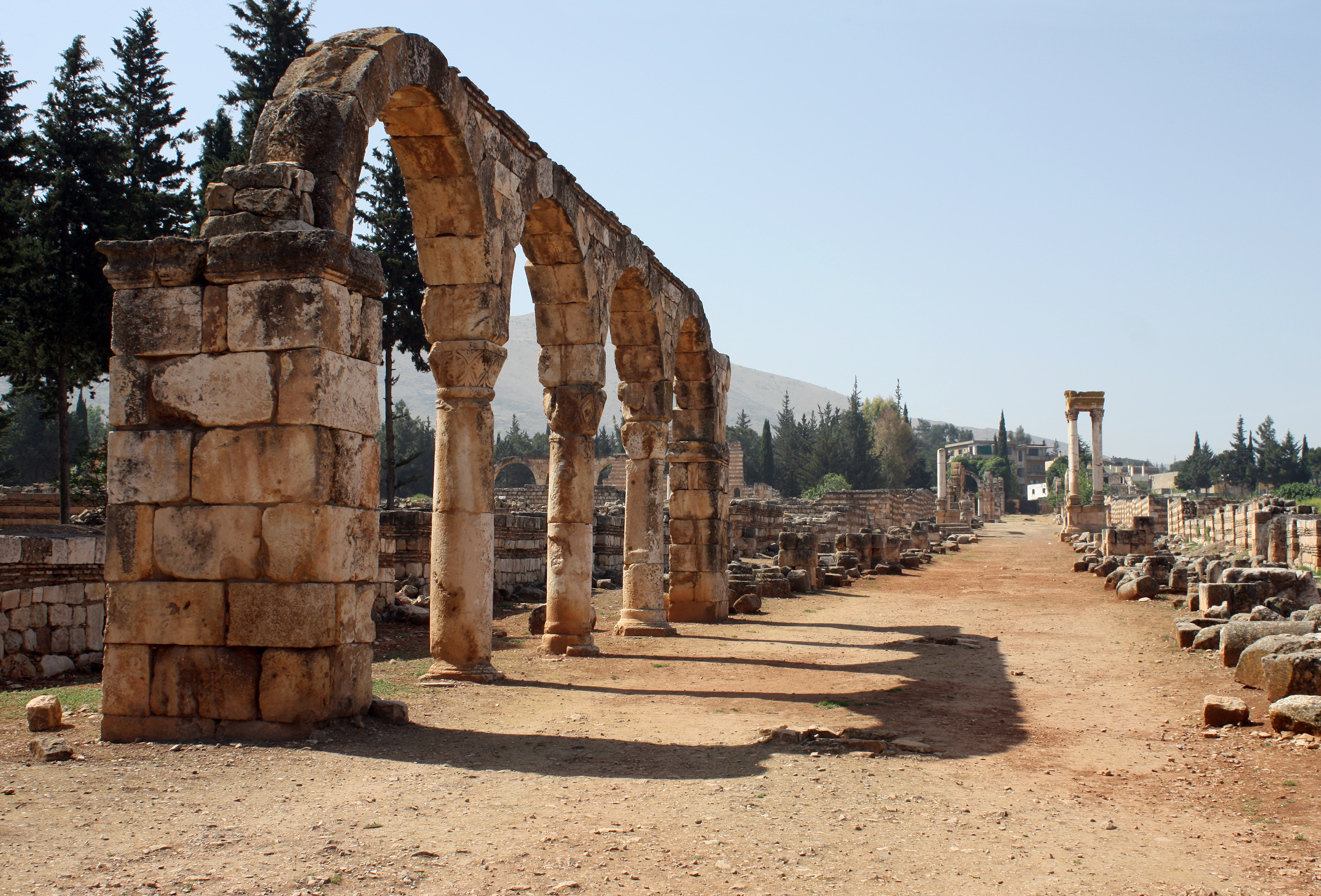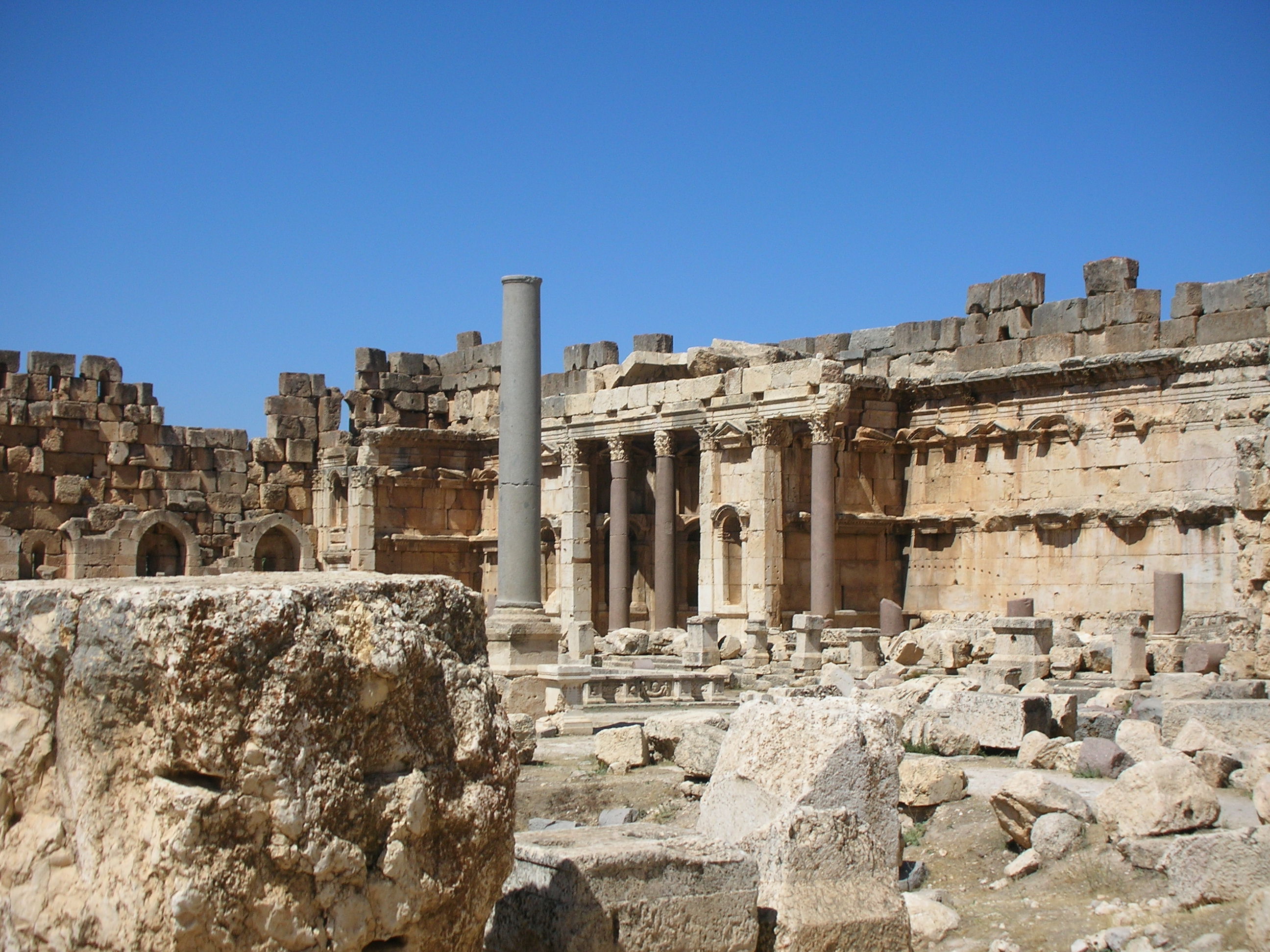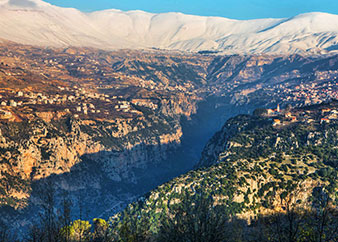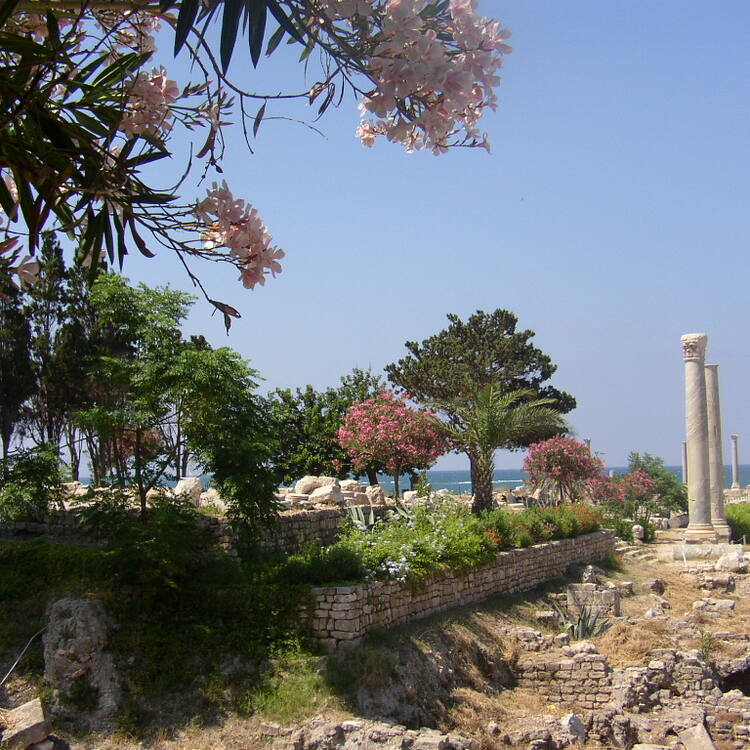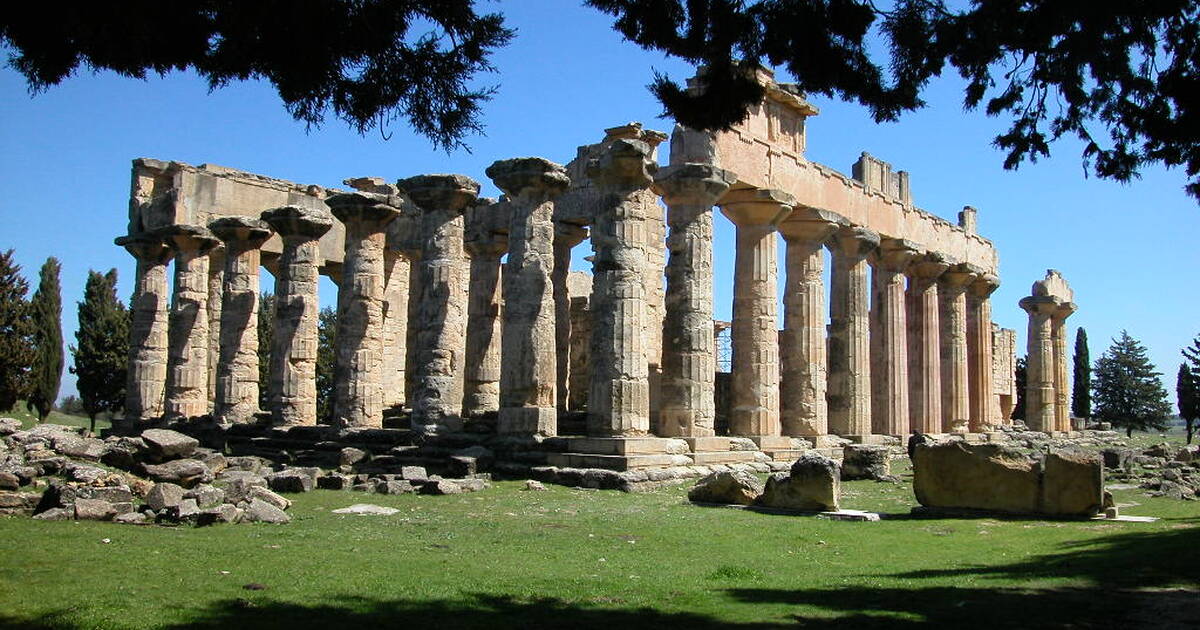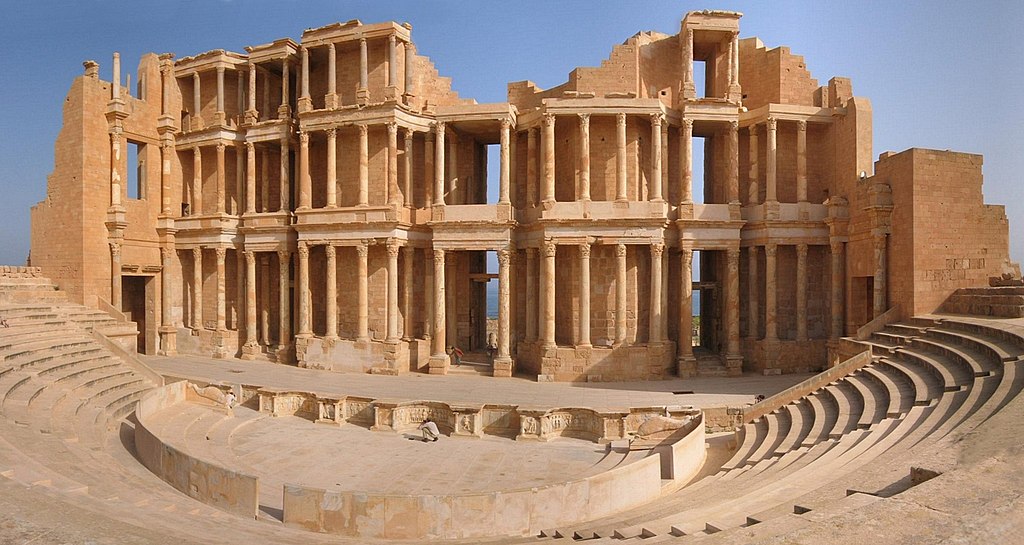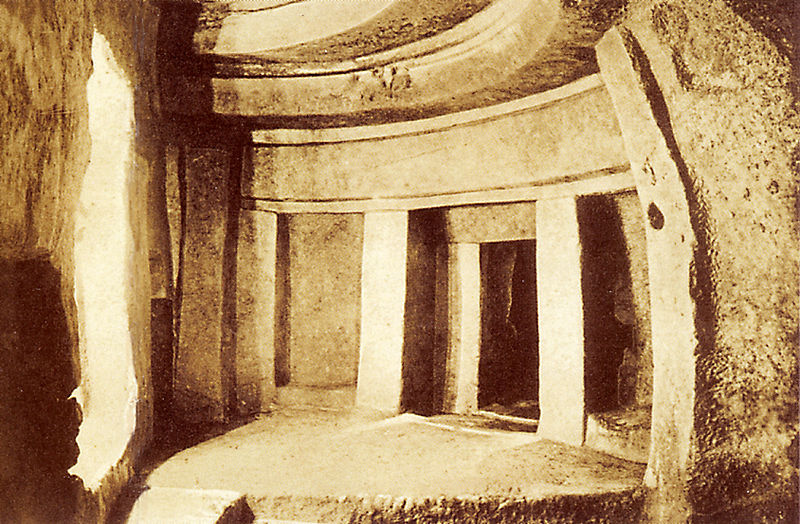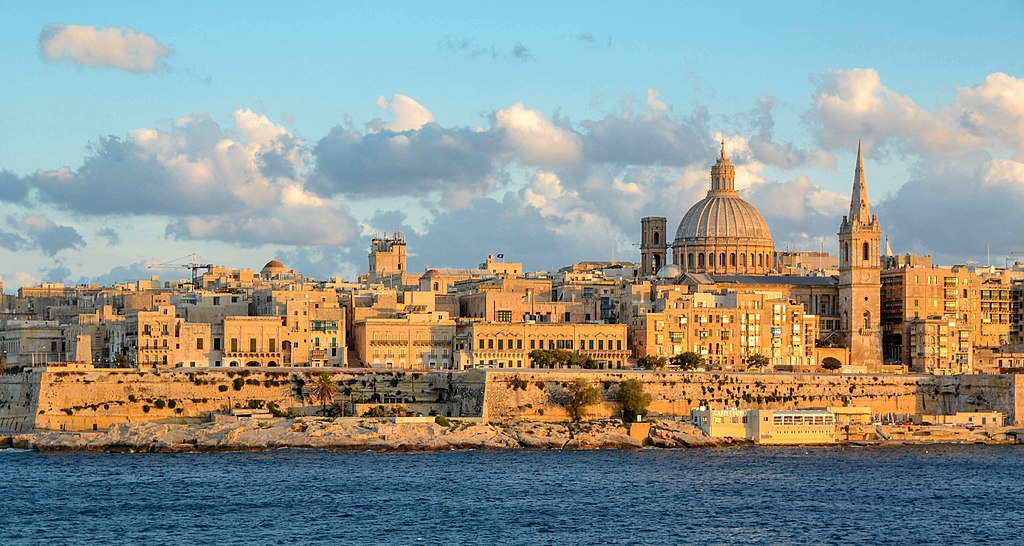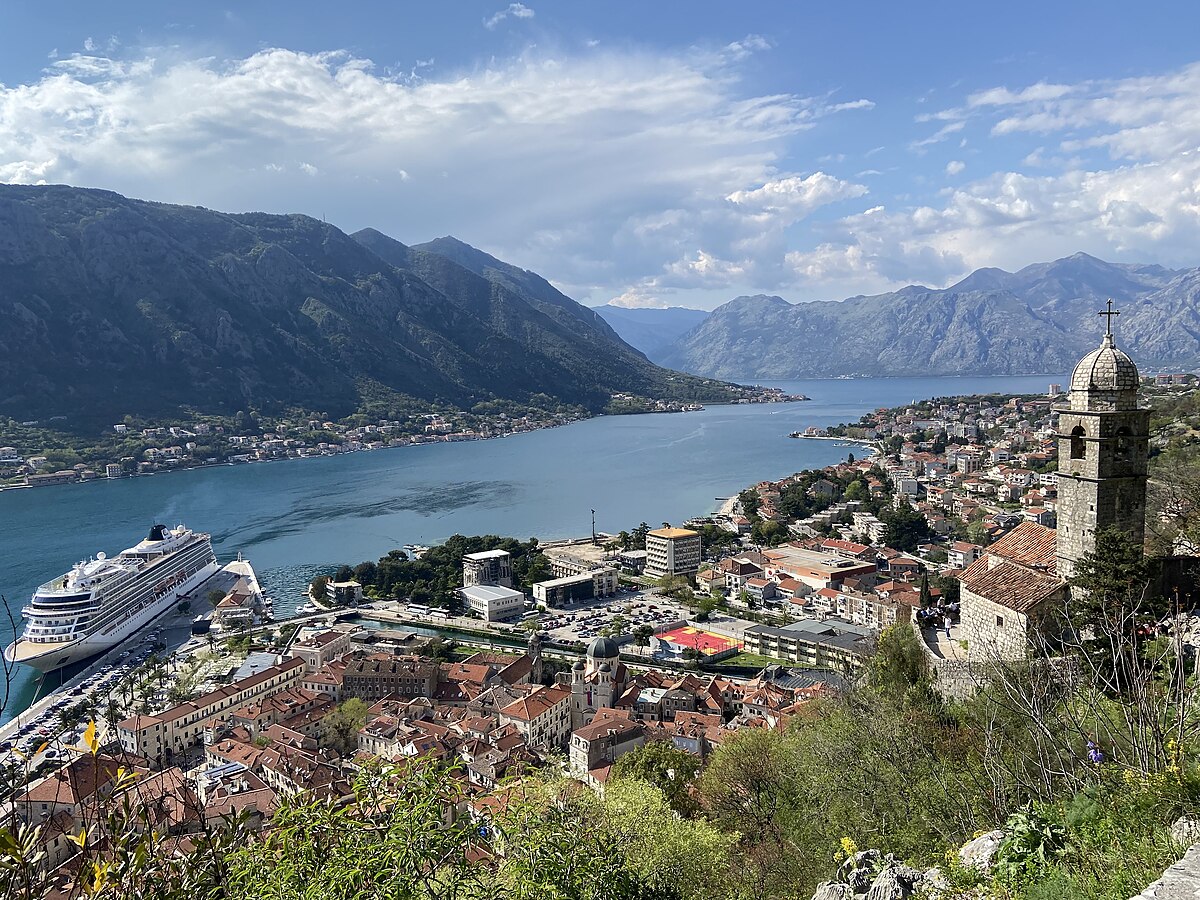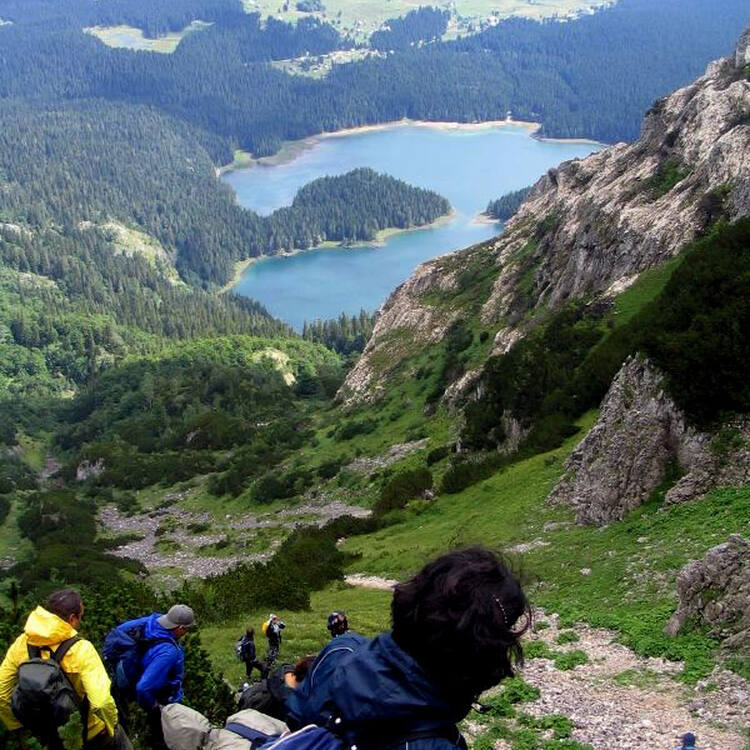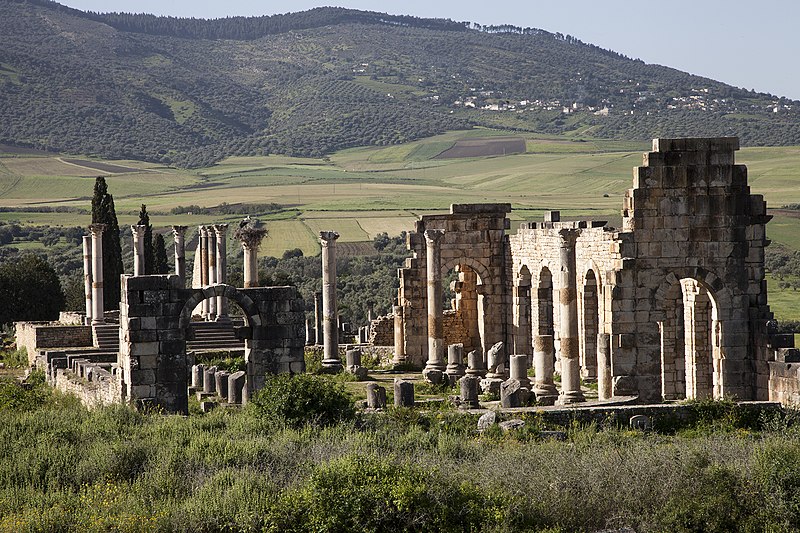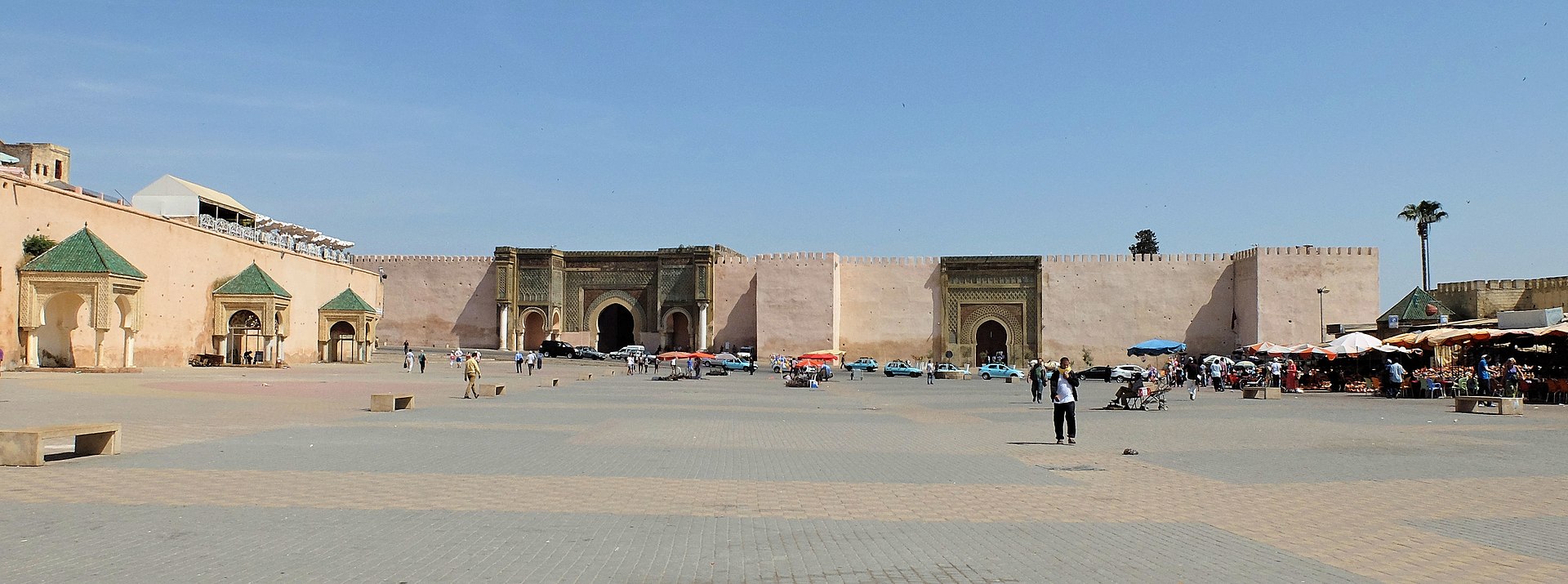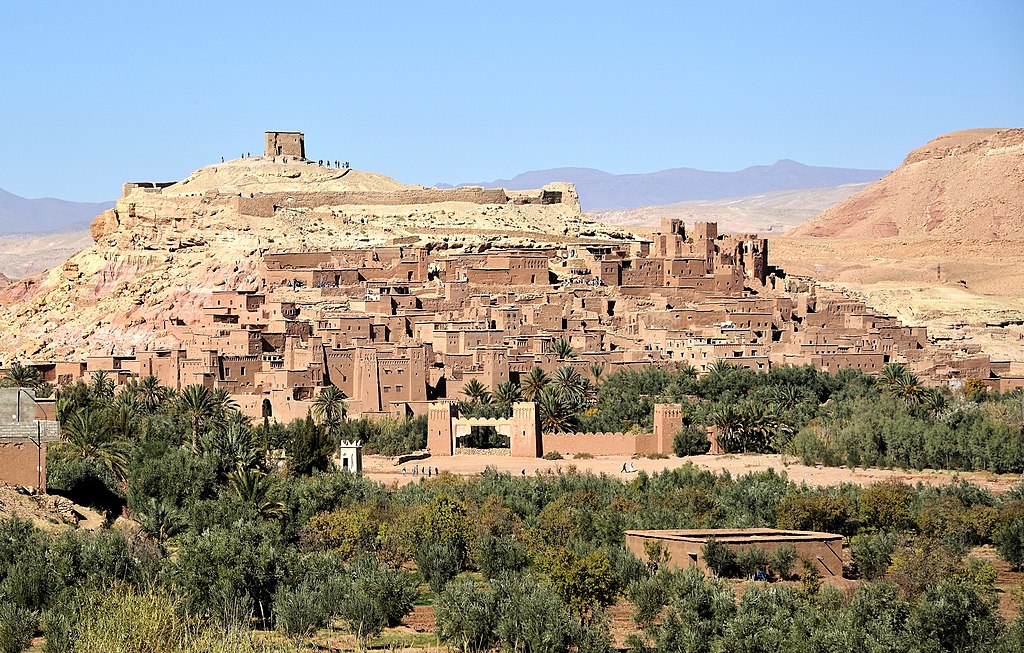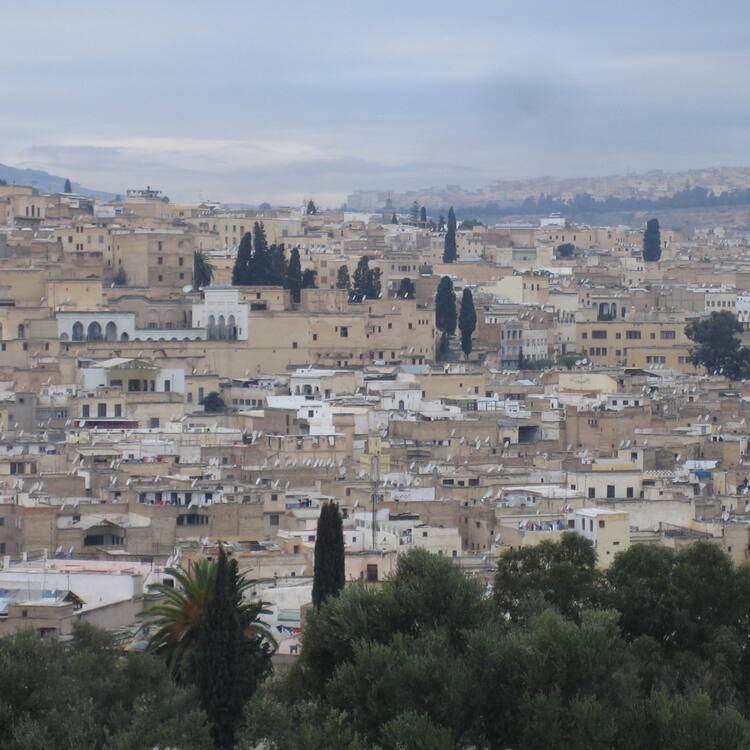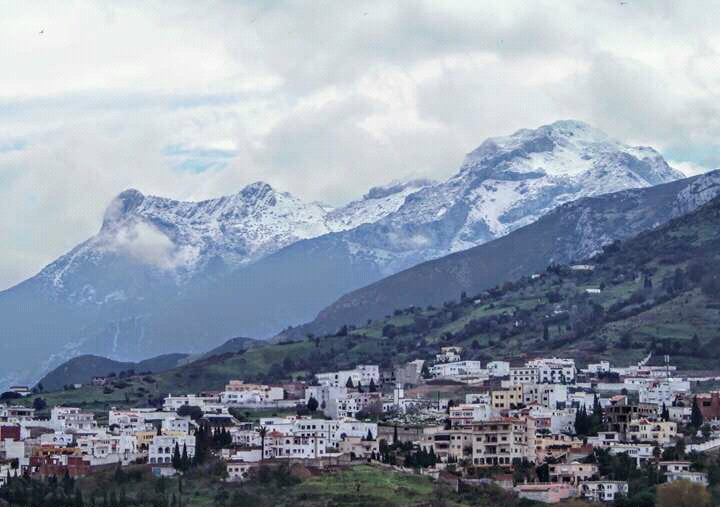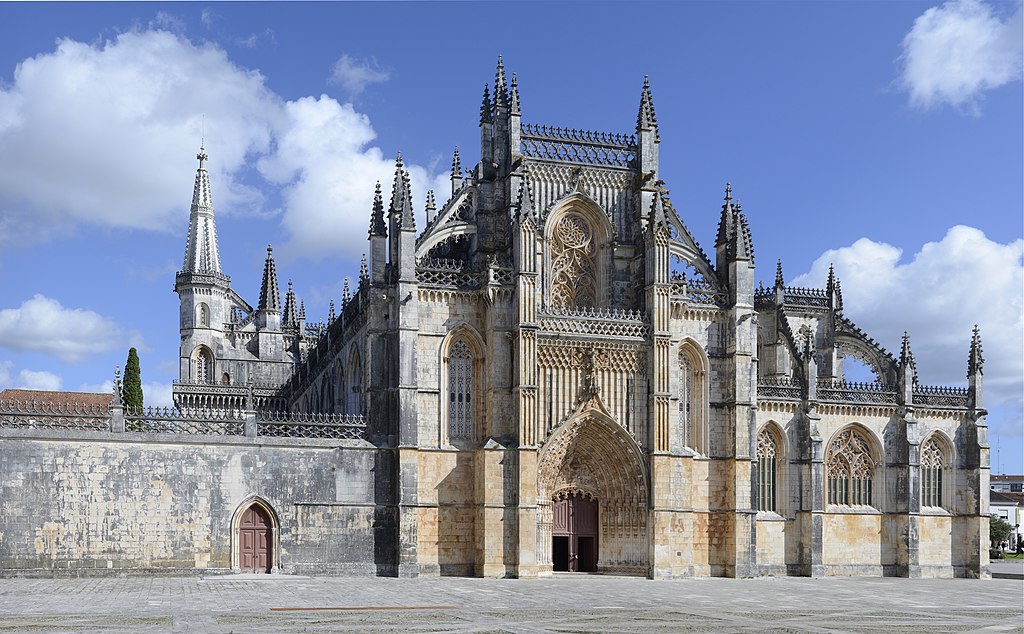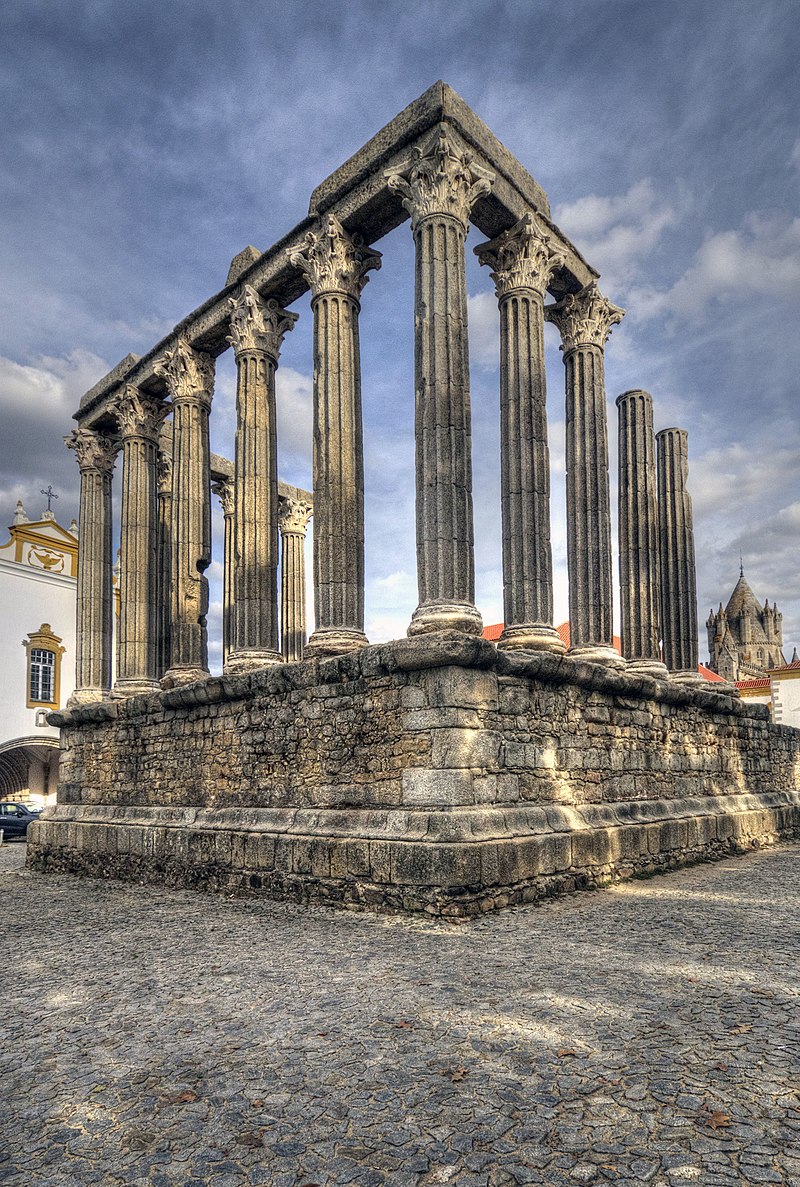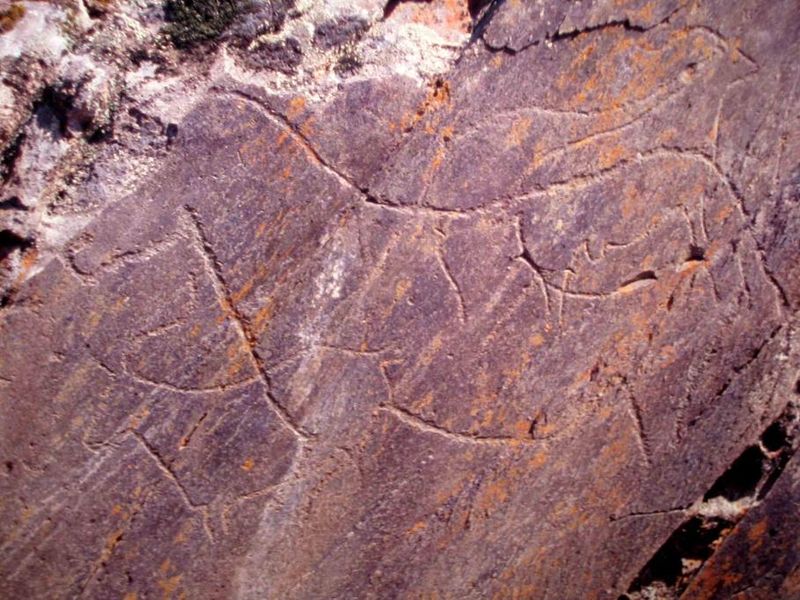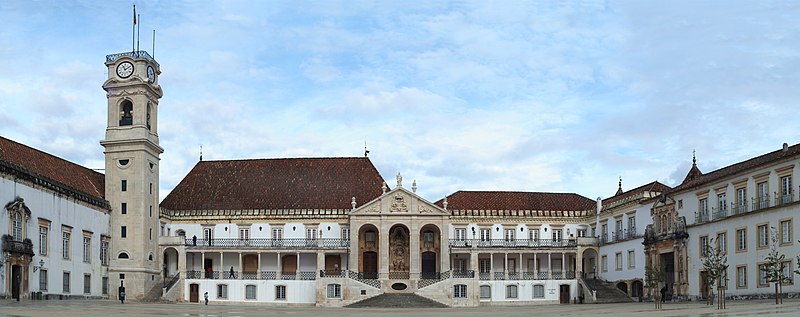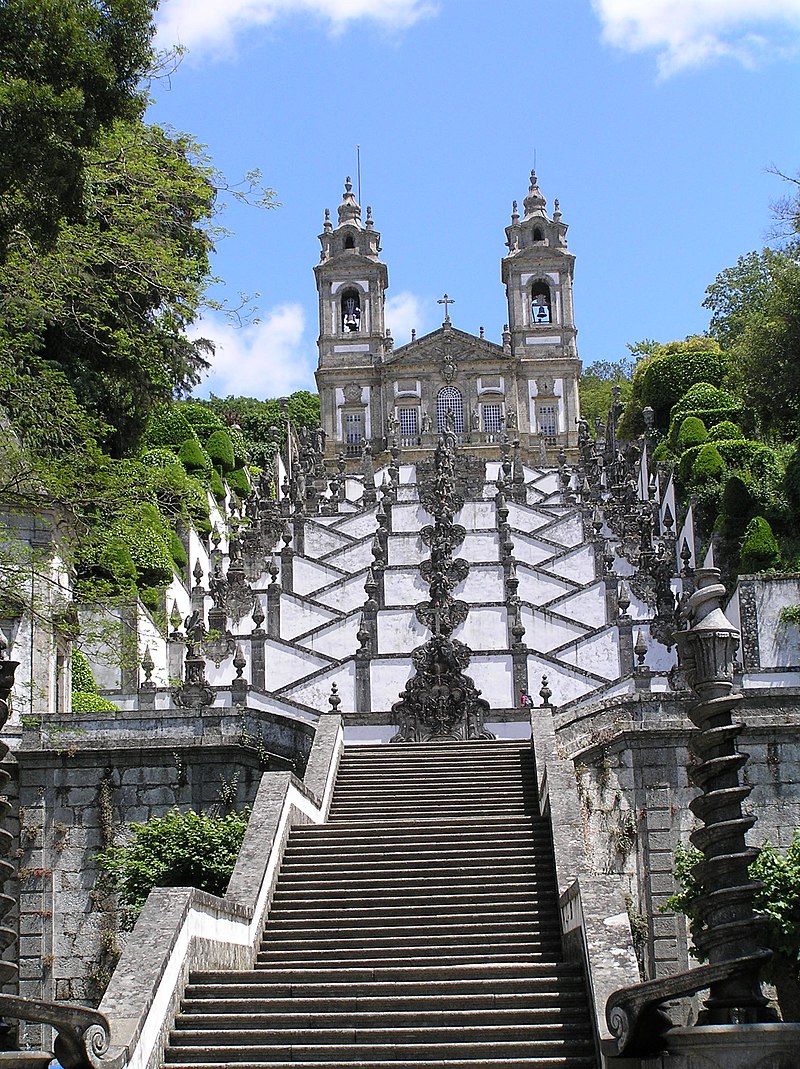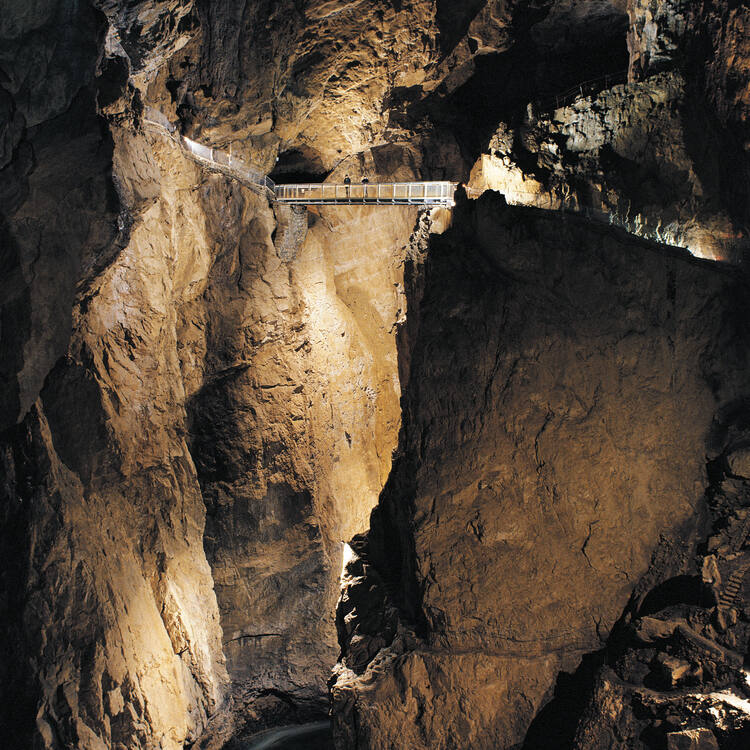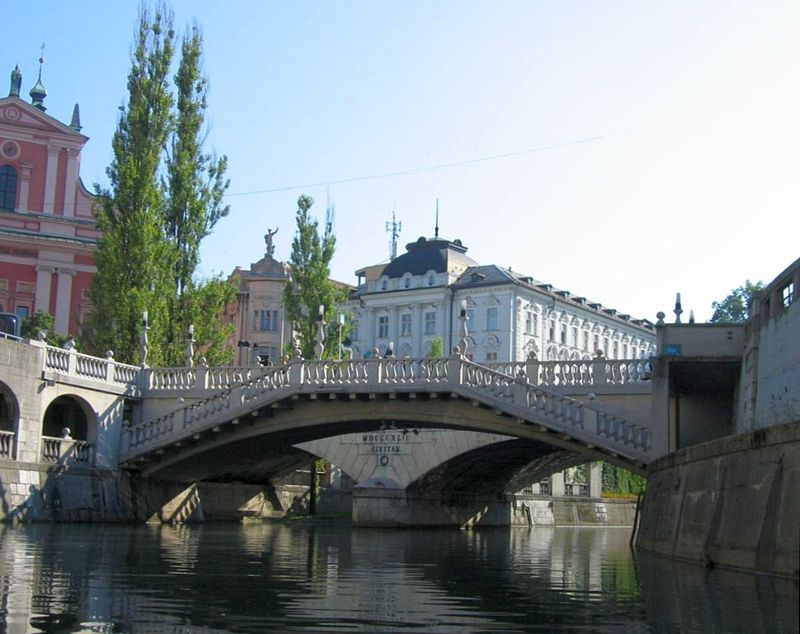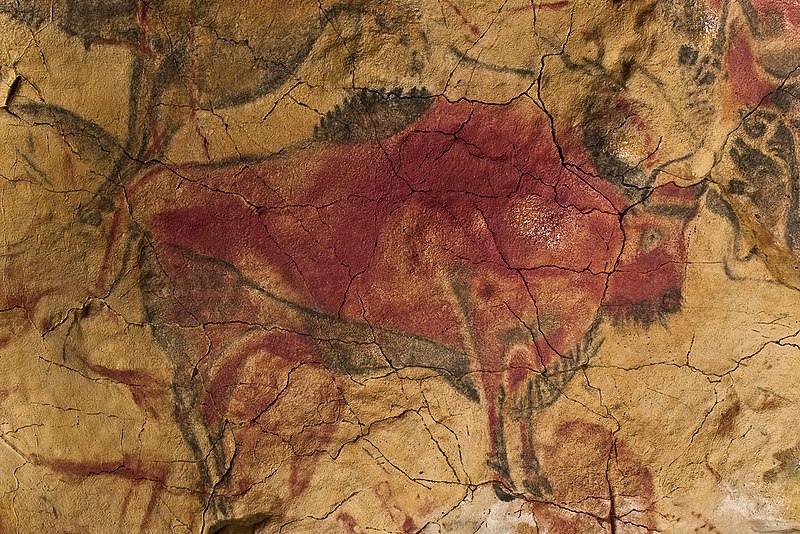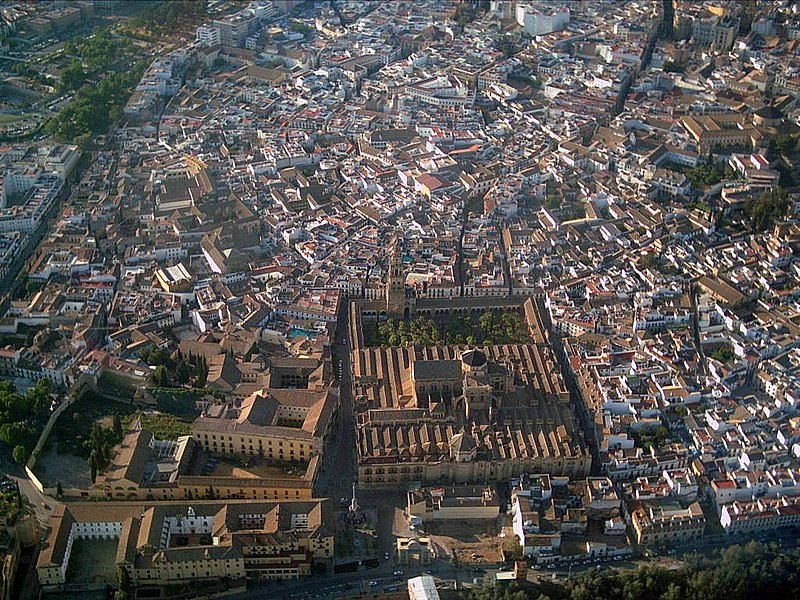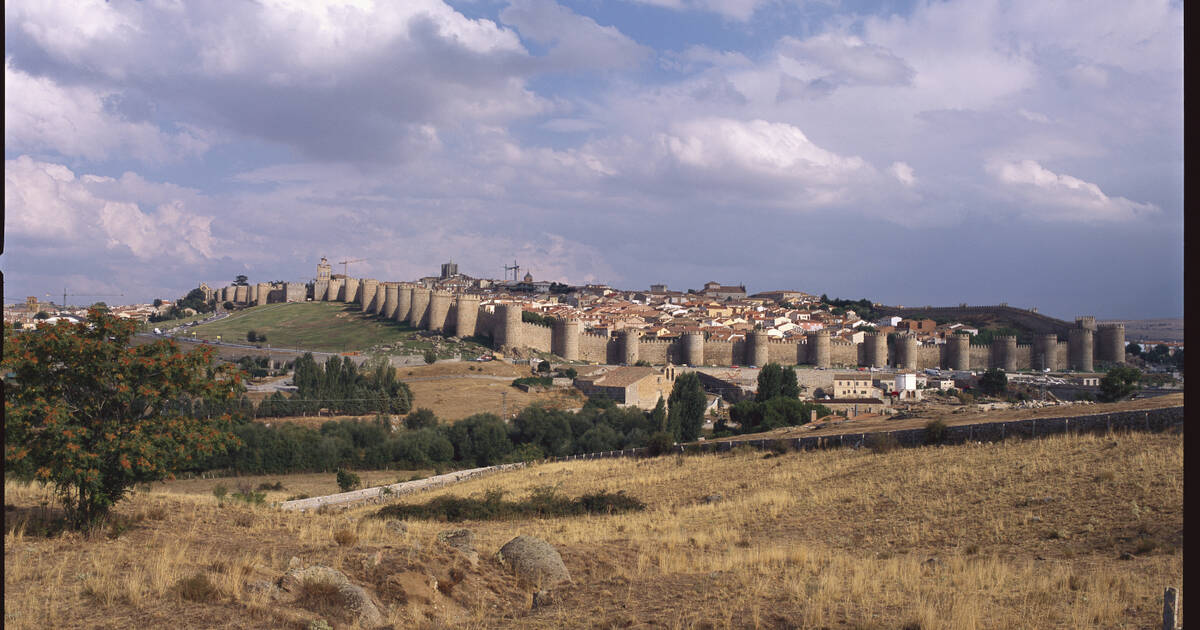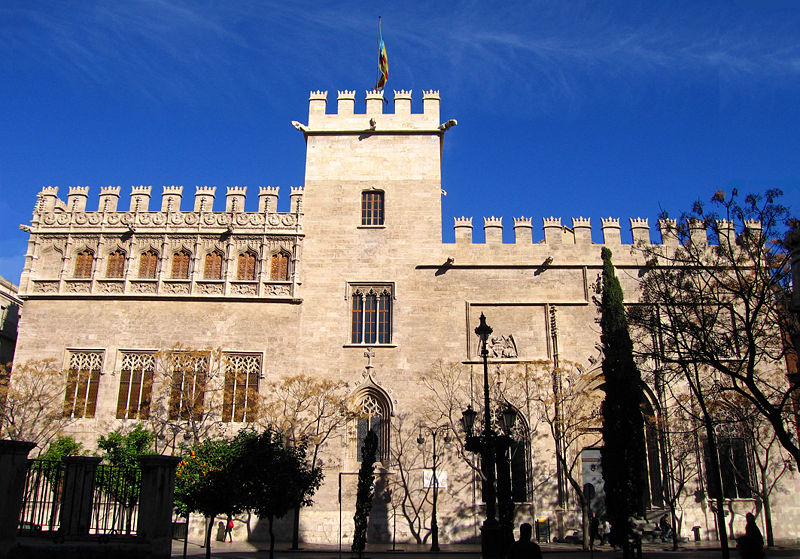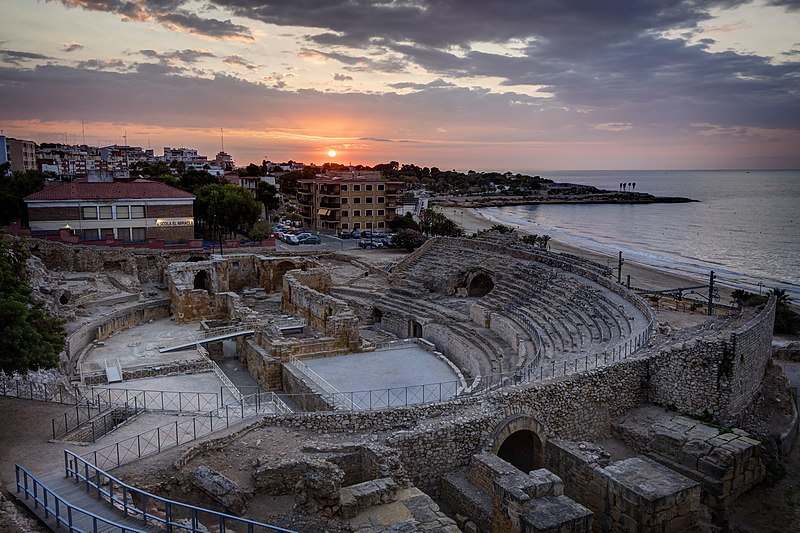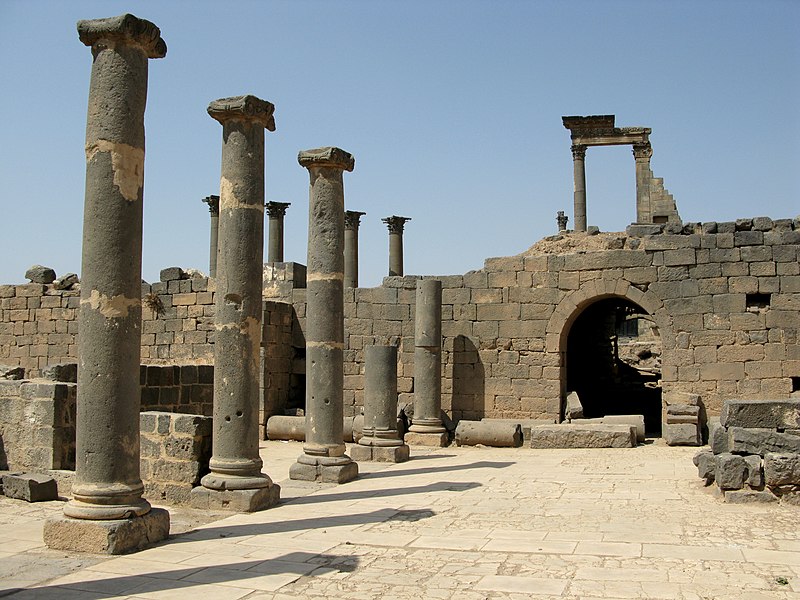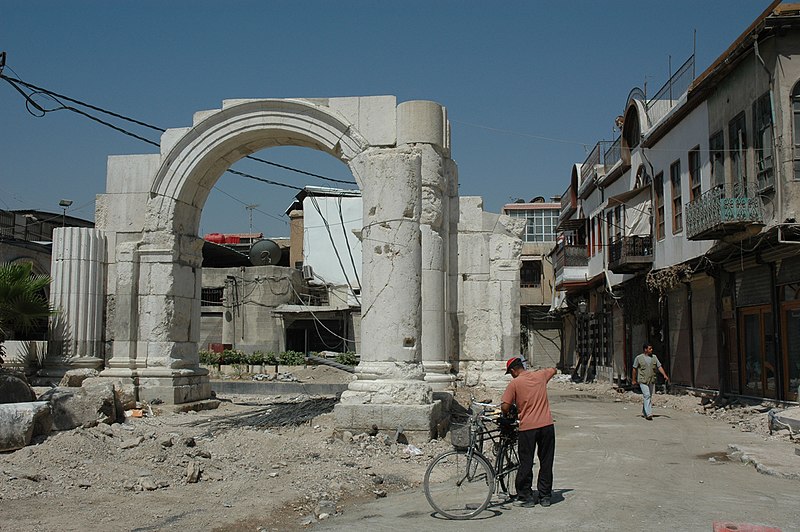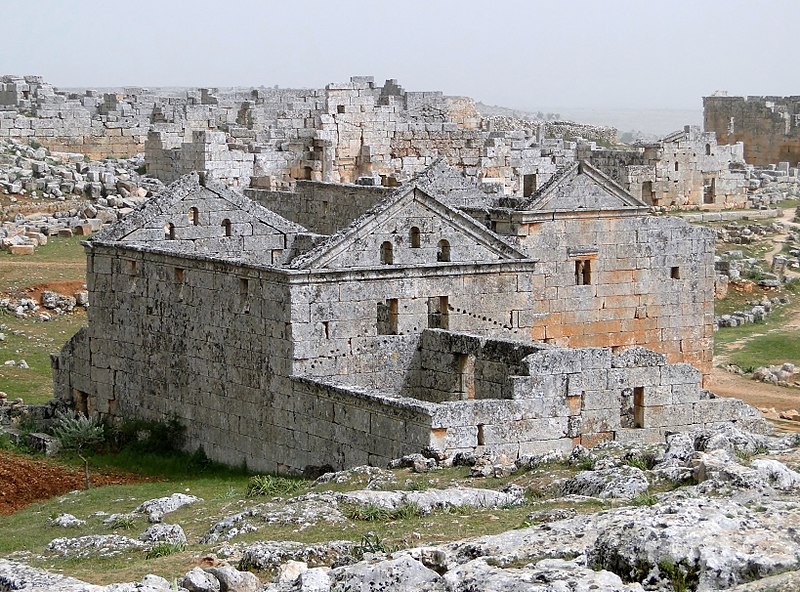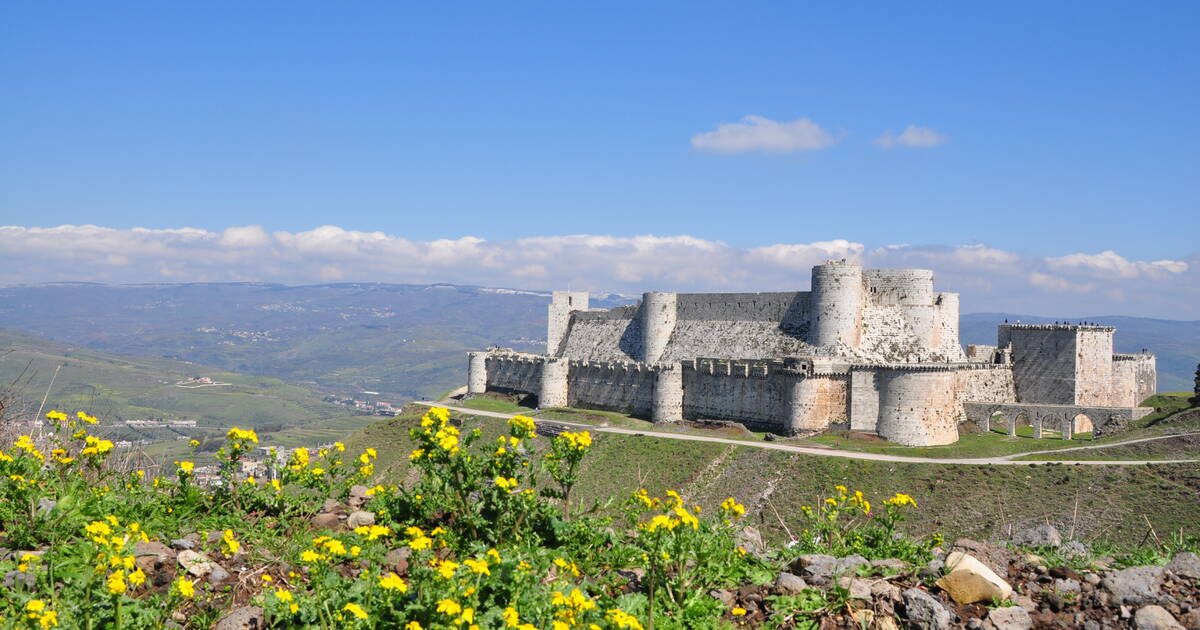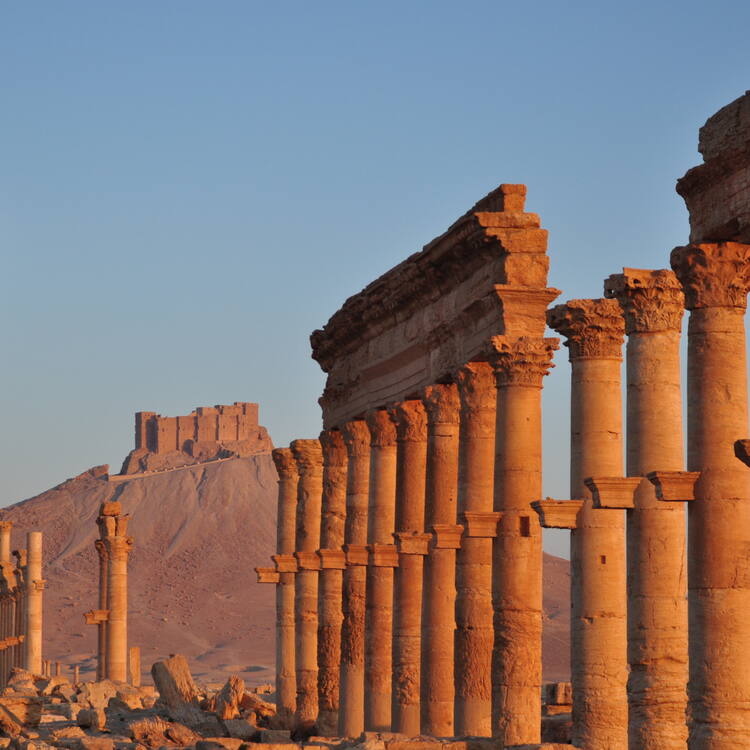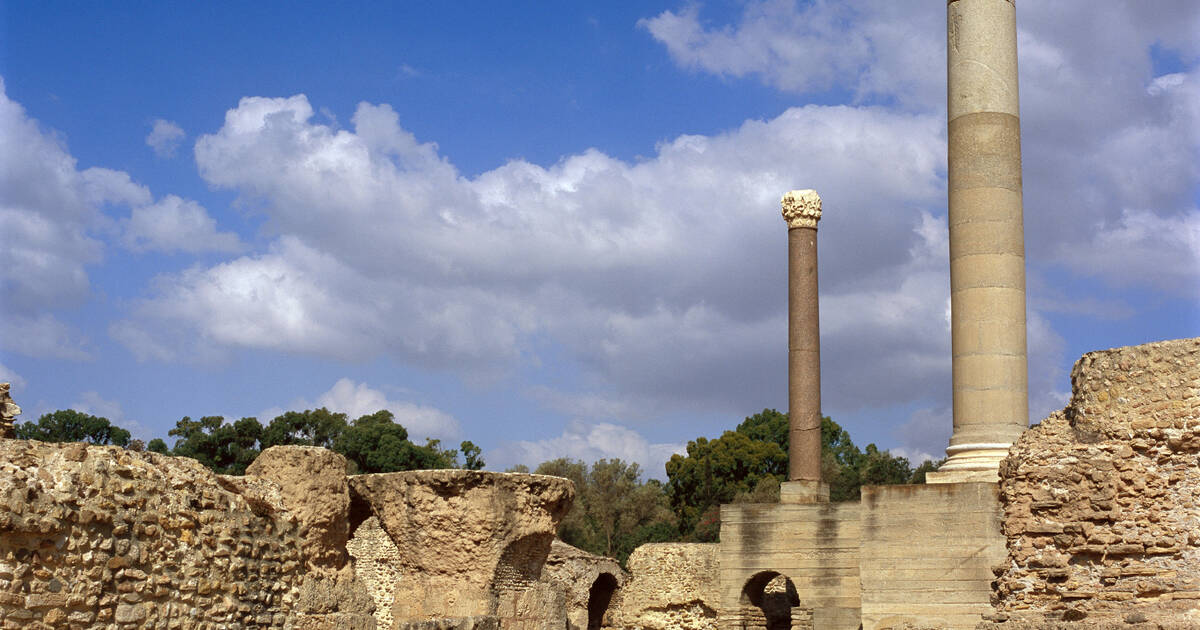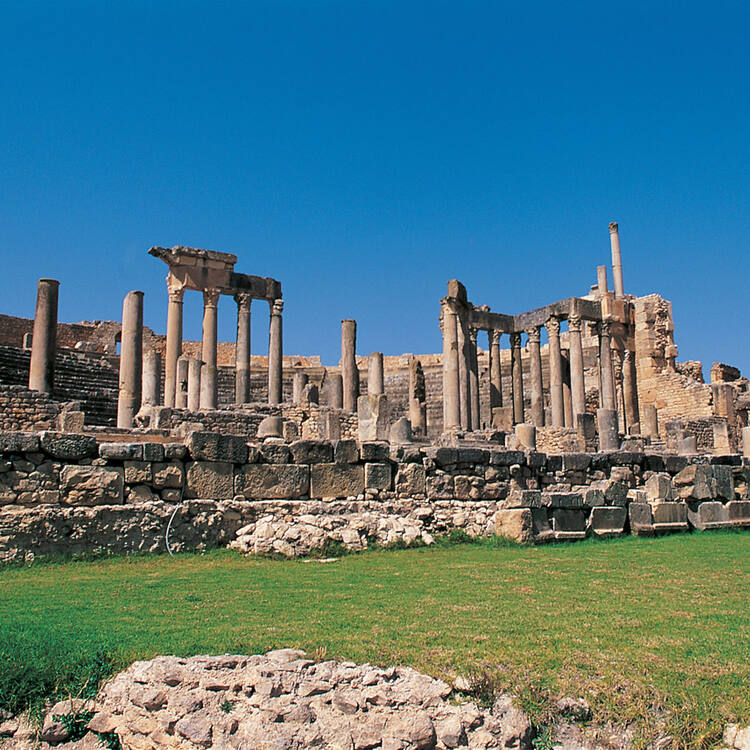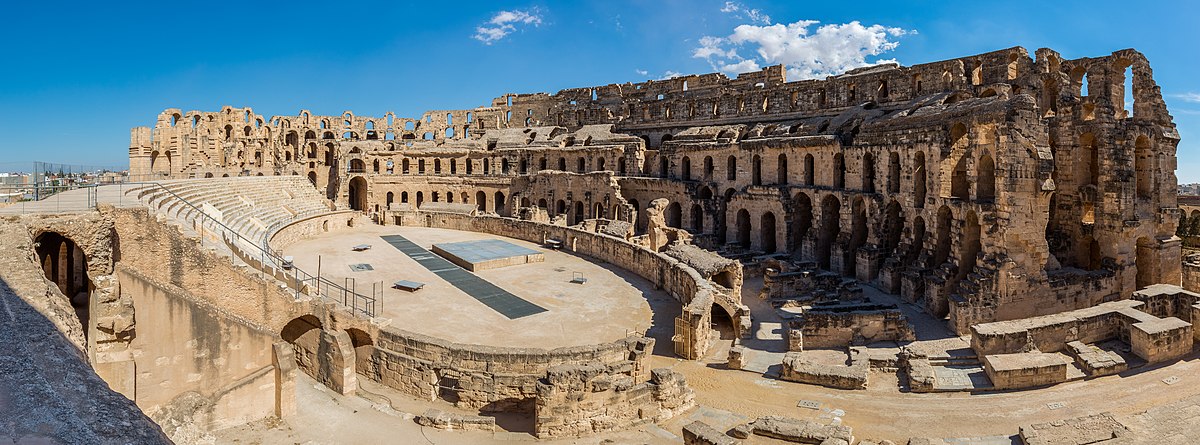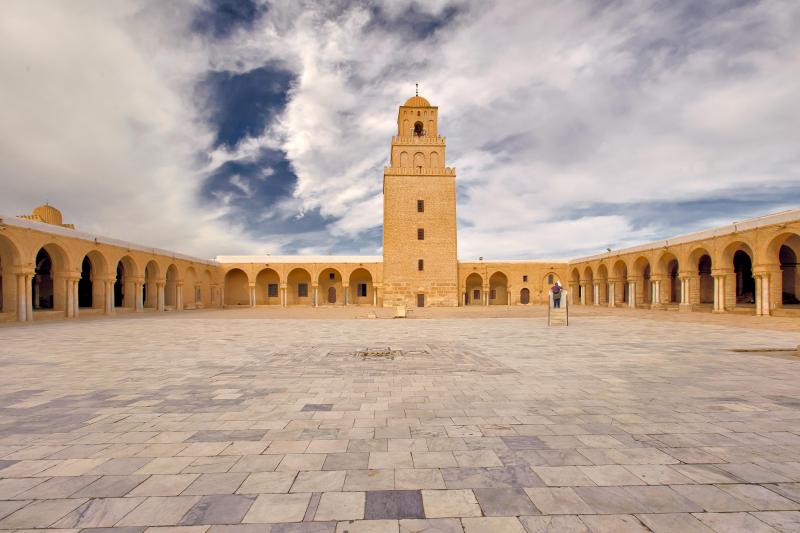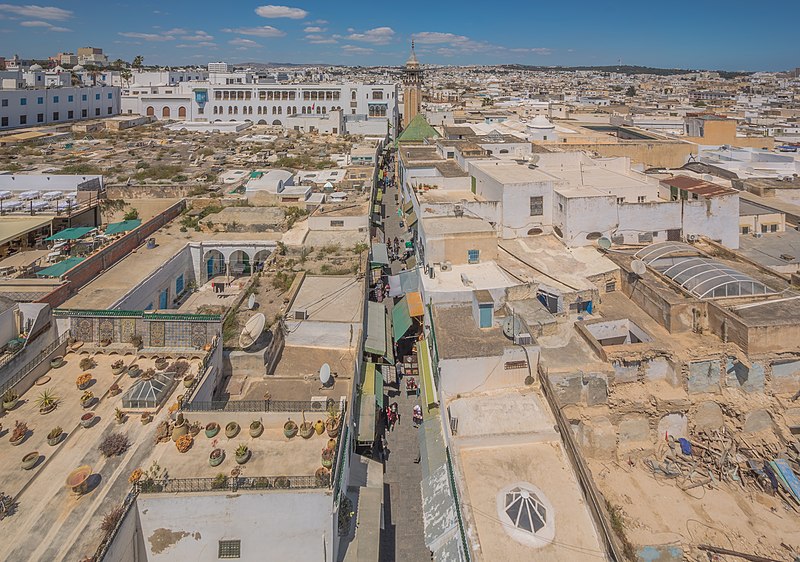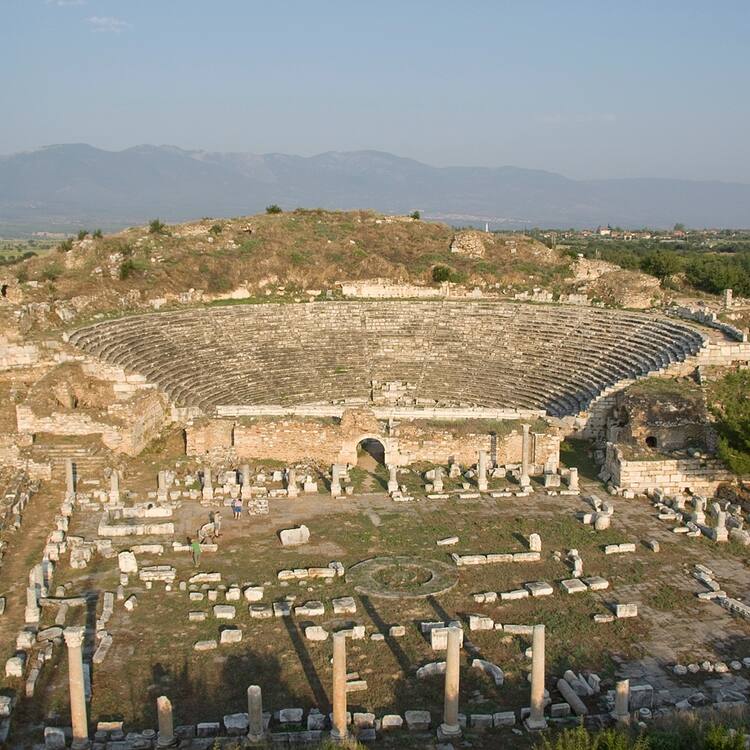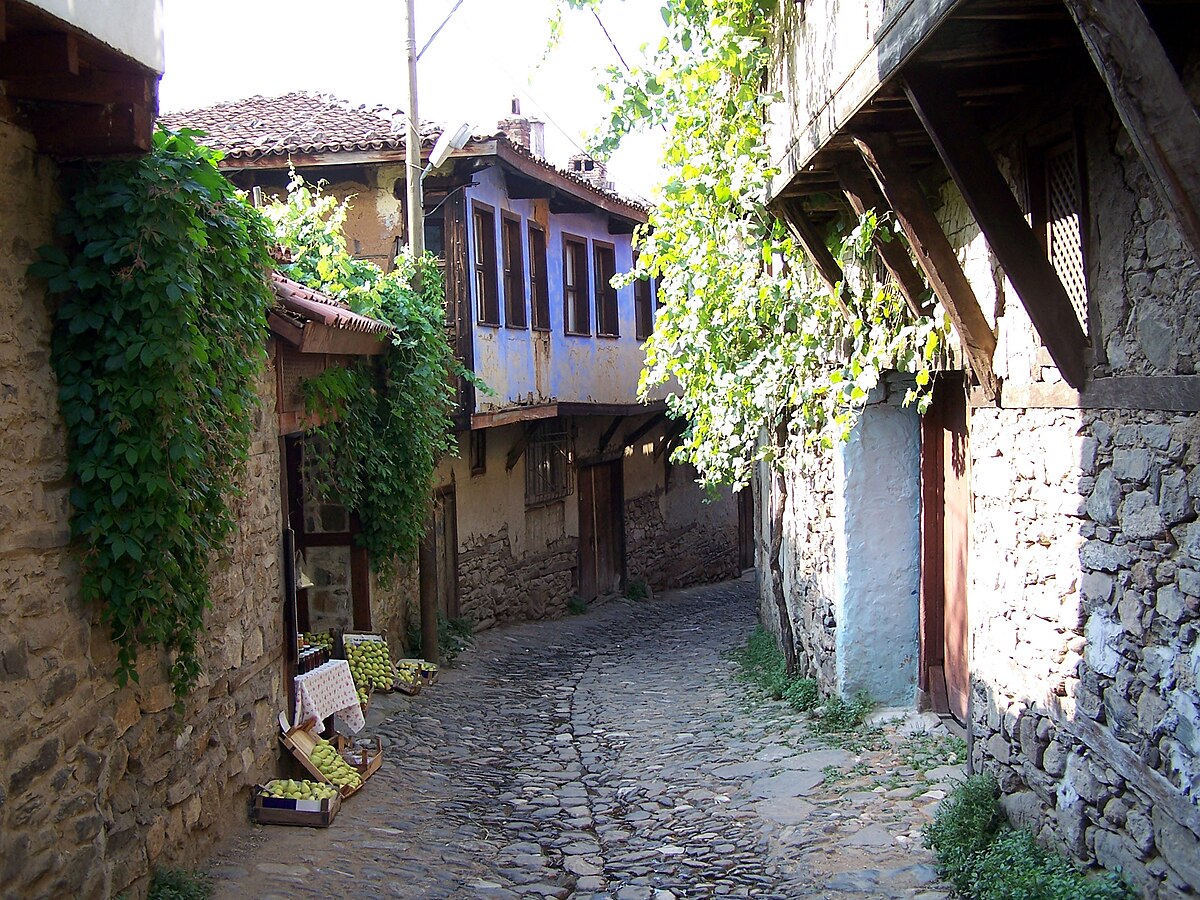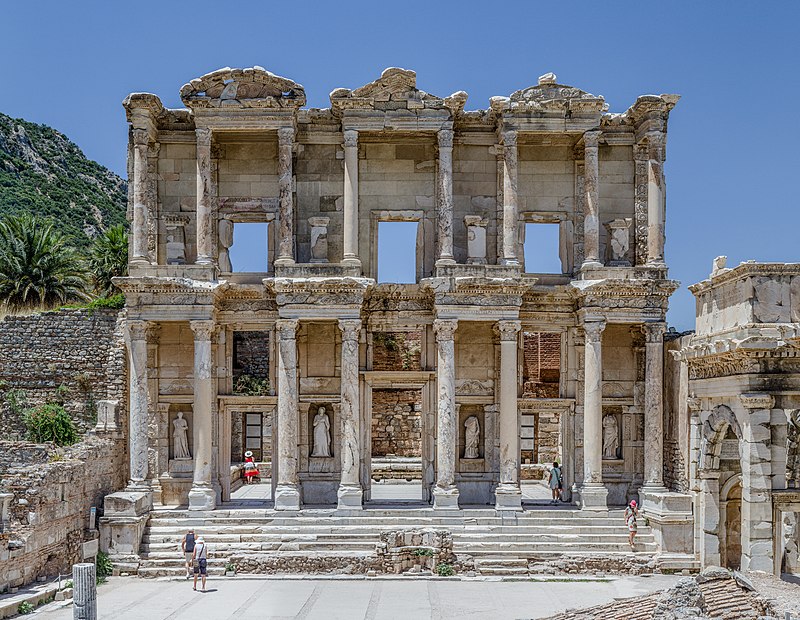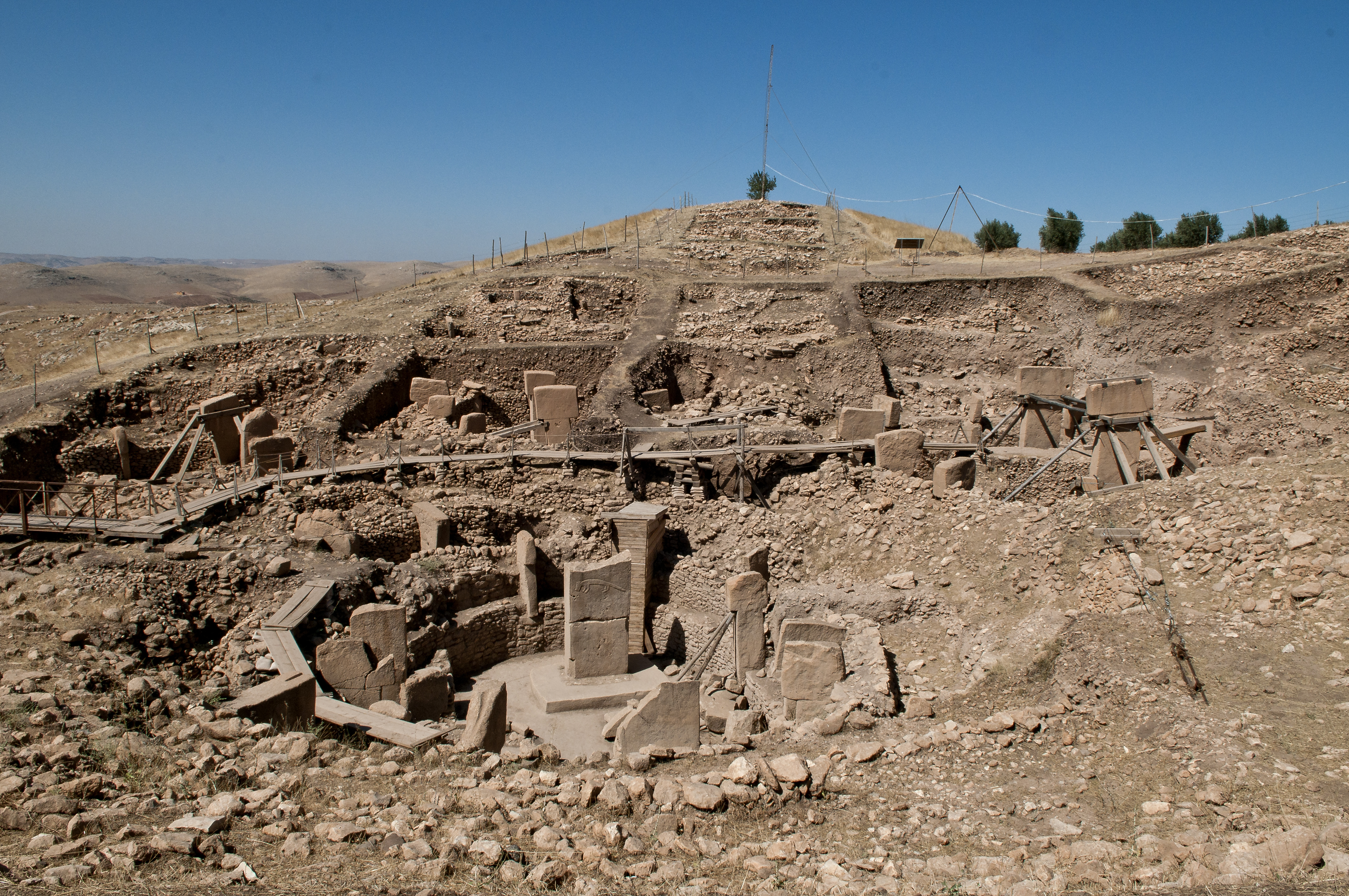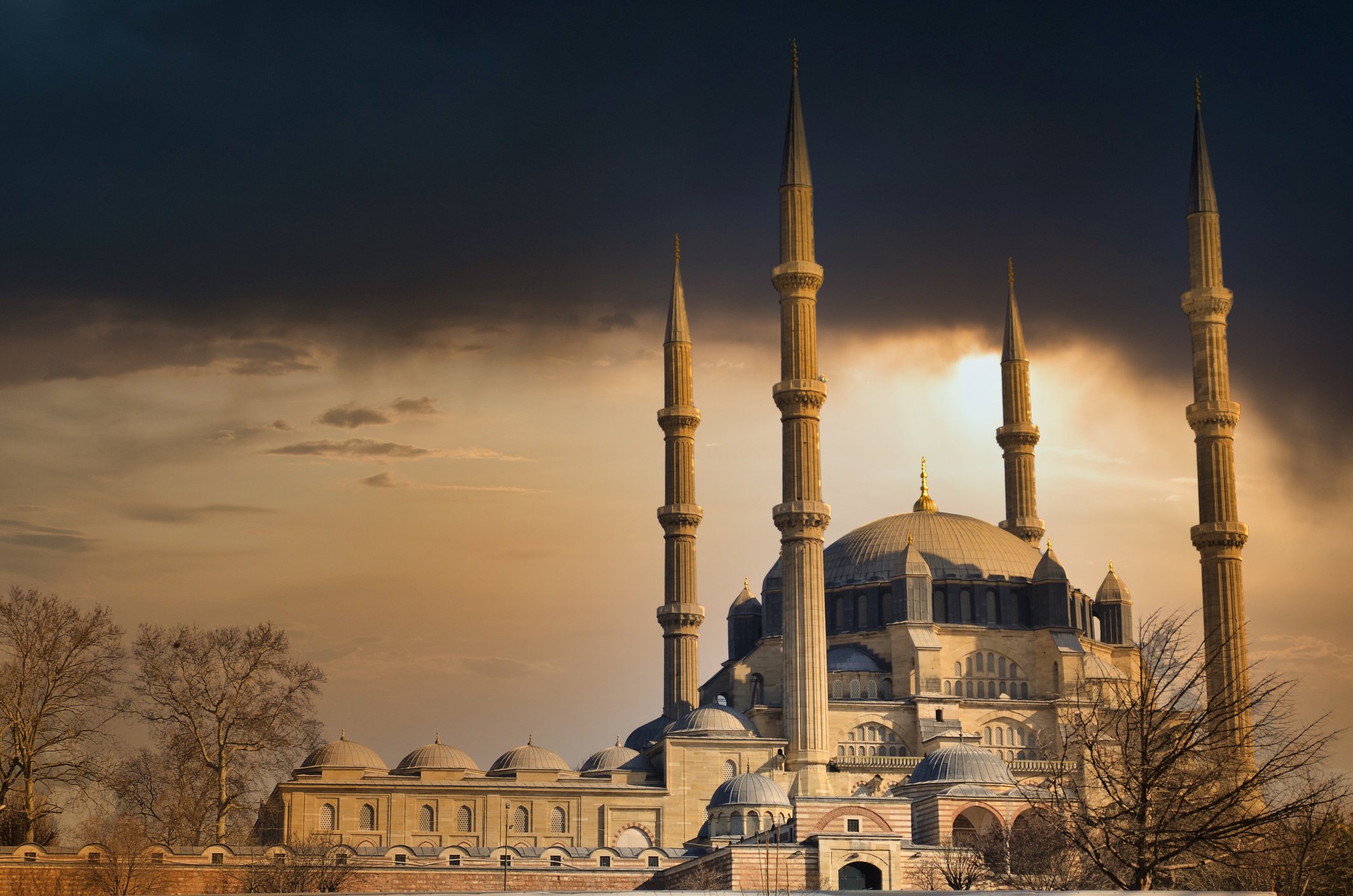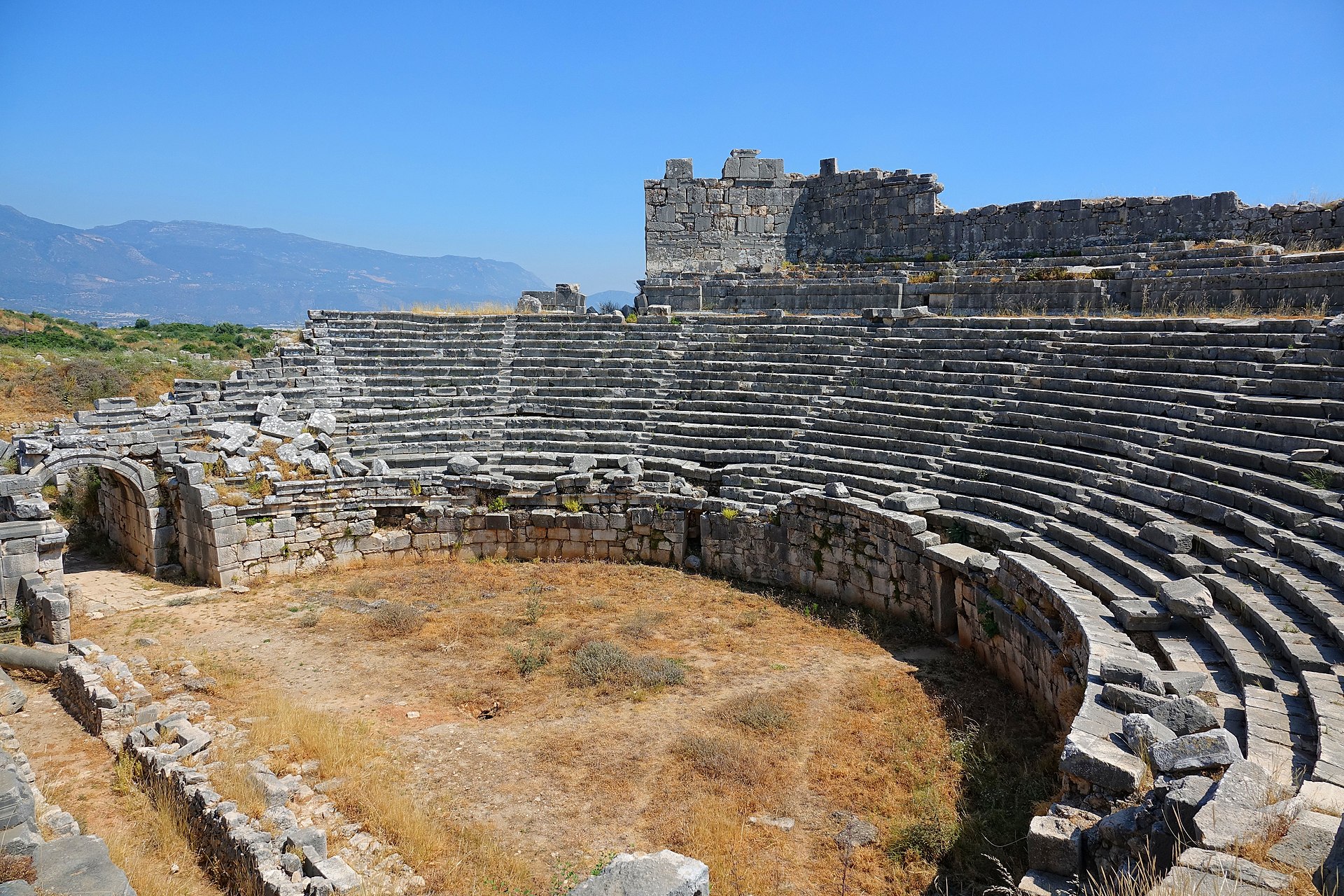The Mediterranean is history, culture, citizenship.
The Mediterranean is unique in its diversity.
As part of a modest initiative promoted by the cooperation with Macroregione Mediterranea, we want to present some of the world heritage assets located in this region.
Maybe they are not the most popular, but they are among the most interesting, that show the antiquity and continuity of this region with so many colors and material and spiritual wealth.
Macroregione Mediterranea
ALBANIAN TEAM
ALBANIA
Butrint.
Inhabited since prehistoric times, Butrint (Latin: Buthrōtum) has been the site of a Greek colony, a Roman city and a bishopric. Following a period of prosperity under Byzantine administration, then a brief occupation by the Venetians, the city was abandoned in the late Middle Ages after marshes formed in the area. The present archaeological site is a repository of ruins representing each period in the city’s development.
Berat and Gjirokaster
Berat and Gjirokastër are inscribed as rare examples of an architecture typical of the Ottoman period. Berat bears witness to the coexistence of various religious and cultural communities down the centuries. It features a castle, most of which was built in the 13th century, although its origins date back to the 4th century BC. The citadel area has many Byzantine churches, mainly from the 13th century, as well as several mosques built in the 15th century. Gjirokastër features a series of two-storey houses which were built in the 17th century. The town also retains a bazaar, an 18th-century mosque, and two churches of the same period.
ALGERIA
In a mountainous site of extraordinary beauty, the ruins of the first capital of the Hammadid emirs, founded in 1007 and demolished in 1152, provide an authentic picture of a fortified Muslim city. The mosque, whose prayer room has 13 aisles with eight bays, is one of the largest in Algeria. Beni Hammad Fort is near the town of Maadid (aka Maadhid), southeast of Algiers
Djémila (formerly known as Cuicul) was a Roman town in a mountainous site, comprising a forum, temples, basilicas, triumphal arches and religious buildings and other structures, each adapted to a location 900 m (3,000 ft) above sea level
A vast plateau on the edge of the Sahara, Tassili n’Ajjer contains more than 15,0
00 cave engravings that record climatic changes, animal migrations, and the evolution of human life, dating from 6,000 BCE to the first centuries CE. It is also noted for its eroded sandstone landforms
Established by Emperor Trajan in 100 CE as a military colony, Timgad features cardo and decumanus streets, constituting a typical example of Roman town-planning.
BOSNIA AND HERZEGOVINA
Old Bridge Area of the Old City of Mostar
This site encompasses the Old Bridge and the surrounding area. The Ottoman bridge, which crosses the Neretva river, was commissioned by Suleiman the Magnificent and completed in 1566/67. In 1993, during the Bosnian War, it was deliberately shelled and destroyed. After the war, the bridge was rebuilt using traditional construction methods and local materials, and re opened in 2004
The Mehmed Paša Sokolović Bridge, which crosses the Drina river, was completed in 1577 by the Ottoman court architect Mimar Sinan on the orders of the Grand Vizier Mehmed Paša Sokolović. The bridge is 179.5 metres (589 ft) long and has 11 arches. The bridge also has a symbolic significance as the meeting place between Christianity and Islam.
CROATIA
Zadar,Šibenik
This property consists of six components of defence works in Italy, Croatia, and Montenegro, spanning more than 1,000 kilometres between the Lombard region of Italy and the eastern Adriatic Coast. The introduction of gunpowder led to significant shifts in military techniques and architecture. Croatian sites include the defensive system of Zadar and St. Nicholas Fortress in Šibenik
The Stari Grad Plain is an agricultural landscape that was set up by the ancient Greek colonists in the 4th century BC, and remains in use today. The plain is generally still in its original form. The ancient layout has been preserved by careful maintenance of the stone walls over 24 centuries.
Historic city of Trogir
Trogir’s rich culture was created under the influence of old Greeks, Romans, and Venetians. It is the best-preserved Romanesque-Gothic complex not only in the Adriatic, but in all of Central Europe. Trogir’s medieval core, surrounded by walls, comprises a preserved castle and tower and a series of dwellings and palaces from the Romanesque, Gothic, Renaissance, and Baroque periods.
Over time, water has flowed over the natural limestone and chalk, creating natural dams which in turn have created a series of connecting lakes, waterfalls, and caves. The nearby forests are home to bears, wolves, and many rare bird species.
CYPRUS
Worship of pre-Hellenic fertility deities in Cyprus began in the Neolithic period (6th millennium BCE). Paphos was the site of one of the oldest Mycenean settlements. In the 12th century BCE, they built a dedicated temple to Aphrodite, the goddess of love and beauty, who was born on the island, according to classical mythology. The archaeological site includes the remains of the villas, palaces, fortresses, and rock-hewn peristyle tombs.
Choirokoitia is one of the most important prehistoric sites in the eastern Mediterranean. It was occupied between the 7th and 4th millennium BCE, in the Neolithic period. The settlement consisted of circular houses built from mudbrick and stone with flat roofs, and it was protected by successive walls. The agricultural society was aceramic (without pottery). Among the findings were flint and bone tools, animal and plant remains, stone vessels, and anthropomorphic figurines in stone (one in clay).
EGYPT
The ruins of the former Christian holy city contain a church, a baptistery, basilicas, public buildings, streets, monasteries, houses, and workshops, and were built over the tomb of Menas of Alexandria
Ancient Thebes, Luxor
The former capital of Egypt and the city of Amun, Thebes contains temples and palaces at Karnak and Luxor, as well as the necropolises at the Valley of the Kings and the Valley of the Queens, bearing witness to the height of the Egyptian civilization
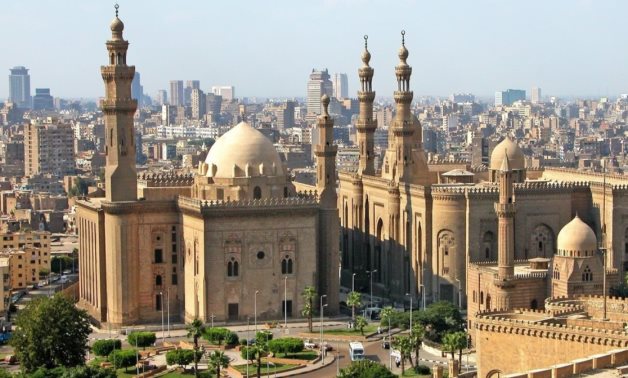 One of the world’s oldest Islamic cities and in the middle of urban Cairo, the site dates from the 10th century and reached its golden age in the 14th century. It contains mosques, madrasah, hammams and fountains.
One of the world’s oldest Islamic cities and in the middle of urban Cairo, the site dates from the 10th century and reached its golden age in the 14th century. It contains mosques, madrasah, hammams and fountains.
Located in western Egypt, Wadi Al-Hitan contains fossil remains of the now extinct Archaeoceti, mapping the evolution of the whales from a land-based to an aquatic mammal.
FRANCE
Palais des Papes, Episcopal Ensemble and Pont Saint-Bénezet
Historic site of Lyon
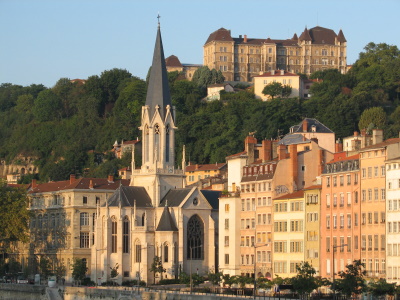 Roman Theatre and its Surroundings and the “Triumphal Arch” of Orange
Roman Theatre and its Surroundings and the “Triumphal Arch” of Orange
Gulf of Porto: Calanche of Piana, Gulf of Girolata, Scandola Reserve
Decorated Cave of Pont d’Arc, known as Grotte Chauvet-Pont d’Arc, Ardèche 30,000–28,000 BCE
Nice the winter resort
GREECE
Temple of Apollo Epicurius at Bassae
The temple, dedicated to Apollo Epicurius, was built in the 5th century BCE in the mountains of Arcadia. It is considered by UNESCO to be one of the best preserved monuments of classical antiquity. It is the earliest monument that features all three classical orders, Doric, Ionic, and Corinthian. After falling out of use, the temple was forgotten for nearly 1700 years. It was rediscovered in the 18th century, attracting the attention of scholars and artists
Situated on a narrow peninsula, Mount Athos has been governed as an autonomous entity since Byzantine times. An Orthodox spiritual centre since the 10th century, it is home to about 20 active monasteries. Mount Athos has exerted lasting influence on the development of religious architecture and monumental painting.
Meteora
Meteora is a rock formation of sandstone peaks, hosting 24 Orthodox monasteries. Many of them were built on the almost inaccessible peaks during the revival of the eremeric ideal in the 15th century. The monasteries are decorated by 16th century frescoes, which represent a key stage in the development of post-Byzantine painting
The island of Rhodes was occupied by the Order of St John of Jerusalem (Knights Hospitaller) from 1309 to 1523, who transformed the city of Rhodes into a stronghold and surrounded it with a 4 kilometres (2.5 mi) wall. The fortifications were built upon the existing Byzantine ones. The Upper town features several buildings from the Gothic period, including the Palace of the Grand Masters, the Great Hospital, and the Street of the Knights. When the Ottomans took the island, they converted most churches to mosques. Reconstruction took place during the Italian occupation in the early 20th century.
ISRAEL
Bahá’i Holy Places in Haifa and the Western Galilee
Incense Route – Desert Cities in the Negev
Caves of Maresha and Beit Guvrin in the Judean Lowlands
ITALY
Valcamonica is home to one of the largest collections of petroglyphs in the world. Over 140,000 carvings were created in the valley over a period of 8,000 years from the Epipalaeolithic to the Middle Ages.
Naples, founded in 470 BCE by Greek colonists, was one of the most important cities of Magna Grecia, of the Roman Republic, and the capital of the Kingdom of Naples under several royal houses.
The octagonal castle was built by Emperor Frederick II in the 13th century. It blends northern European Cistercian Gothic, Muslim architecture, and elements from Classical antiquity in a perfectly symmetrical design
18th-Century Royal Palace at Caserta
This large scale palace complex was commissioned by the Bourbon King of Naples Charles III in the mid-18th century. Following the ideas of the Enlightenment, the complex is well integrated into the landscape.
Su Nuraxi is the finest and the most complete example of nuraghe, a defensive megalithic structure of the Bronze Age Nuragic civilization of the 2nd millennium BCE.
Arab-Norman Palermo and the Cathedral Churches of Cefalù and Monreale
This site comprises nine buildings, constructed during the time of the Norman Kingdom of Sicily (1130–1194) in a style that incorporates features of Arab, Byzantine, and Western art.
JORDAN
As-Salt – The Place of Tolerance and Urban Hospitality
Established on three closely-spaced hills in the Balqa (region), As-Salt was the main settlement on the East Bank of the Jordan River that served as a cultural, commercial and financial hub. This prosperity allowed for the influx of people from the region who settled in As-Salt, creating a distinct city built with yellow limestone that had European Art Nouveau and Neo-Colonial styles combined with local traditions.
Baptism Site “Bethany Beyond the Jordan”
Situated on the Jordan River, Al-Maghtas is considered the location of the Baptism of Jesus by John the Baptist. A Christian pilgrimage site, it contains remains of Roman and Byzantine churches, chapels, a monastery, caves and pools
Petra
The Nabataean city of Petra was a major trading hub between Arabia, Egypt and Syria-Phoenicia, famed for its rock-cut architecture as well as its mining and water engineering systems
The desert castle of Quseir Amra was built in the early 8th century, and had served both as a fortress and an Umayyad royal palace. The site also noted for its extensive frescoes, constituting an important and unique example of early Islamic art
Situated in southern Jordan, Wadi Rum features a great variety of desert landforms including sandstone valleys, natural arches, gorges, cliffs, landslides and caverns. The site also contains extensive rock art, inscriptions and archaeological remains, bearing witness to more than 12,000 years of continuous human habitation
LEBANON
Established in the early 8th century, the city of Anjar was quickly abandoned following the fall of the Umayyad Caliphate, leaving behind ruins of walls, towers, palaces, mosques and baths, constituting an example of Umayyad period town-planning
Previously known as Heliopolis, the Phoenician city of Baalbek hosts some of the largest and best preserved Roman temples, including the Temples of Jupiter, Venus and Bacchus
The Qadisha Valley has provided shelter for Christian communities since the beginnings of Christianity, hosting a large number of monasteries and hermitages. The Forest of the Cedars of God is among the last locations where Cedrus libani still grows, historically one of the most prized construction materials
The ancient Phoenician city of Tyre was one of the foremost maritime powers in the eastern Mediterranean and reportedly where purple dye was discovered. Extant archaeological remains mainly date back to Roman times, including baths, an arena, a colonnaded road, a triumphal arch, an aqueduct and a hippodrome.
LIBYA
The formerly Greek colony of Cyrene was Romanized and transformed into a capital, until it was destroyed by the 365 Crete earthquake. The thousand-year-old ruins have remained renowned since the 18th century.[
The Roman city of Leptis Magna was enlarged by Emperor Septimius Severus, who was born there. Public monuments, a harbour, a marketplace, storehouses, shops, and homes were among the reasons for its induction into the list
Founded as a Phoenician trading post, Sabratha was briefly ruled by Masinissa of Numidia before its Romanization and reconstruction in the 2nd and 3rd centuries.
MALTA
The hypogeum is a large subterranean structure that was used as an underground cemetery between 4000 BC and 2500 BC and was discovered in 1902. Three superimposed levels of chambers were carved into soft globigerina limestone, with some chambers imitating the architecture of the contemporary above-ground megalithic temples. The hypogeum initially contained the remains of about 7000 individuals. The excavations provided insight into neolithic burial rituals, which likely had several stages.
The city of Valletta was founded in 1566. The Knights of St John conceived and planned the city as a single, holistic creation of the late Renaissance, with a uniform grid plan within fortified city walls. Some of the Valletta’s 320 monuments include Saint John’s Co-Cathedral, the Grandmaster’s Palace, the Auberge de Castille, the Auberge de Provence, the Auberge d’Italie, the Auberge d’Aragon, and the churches of Our Lady of Victory, St. Catherine and il Gesù,
MONTENEGRO
The Bay of Kotor, a strategic natural harbour in the Eastern Adriatic, was an important center of arts and commerce during the Middle Ages. The value of the region is embodied in the quality of the architecture in its fortified and open cities, settlements, palaces and monastic ensembles, and their harmonious integration to the cultivated terraced landscape on the slopes of high rocky hills. The site includes the cities of Kotor, Perast, and Risan, as well as the fortifications of Kotor. Between 1979 and 2003, the site was listed as endangered due to the damage caused by the 1979 Montenegro earthquake. Minor modifications of the site boundaries took place in 2012 and 2015.
Durmitor is a limestone massif that is part of Dinaric Alps. It was shaped by the glaciers and is traversed by river canyons, of which the Tara River Canyon has the deepest river gorges in Europe, at about 1,300 meters (4,300 feet). There are 18 glacial lakes in the park, the largest is the Black Lake. Durmitor is also an important biodiversity spot.[4] Following the inscription to the UNESCO World Heritage List in 1980, the borders of the site were modified in 2005 to be in line with the national park boundaries.
MAROCCO
Archaeological site of Volubilis
The important Roman outpost of Volubilis was founded in the 3rd century BCE as the capital of Mauretania, later becoming the capital of the Idrisid dynasty. It contained many buildings, the remains of which have survived extensively to this day
The former capital of the Alaouite dynasty was founded in the 11th century by the Almoravids and turned into a city with Spanish-Moorish influence during the 17th and 18th centuries.
The Ksar of Ait-Ben-Haddou is an example of a traditional pre-Saharan habitat in southern Morocco, surrounded by high walls and reinforced with corner towers
Fez was founded in the 9th century and reached its apogee as the capital of the Marinid dynasty in the 13th and 14th centuries, from which its urban fabric and major monuments date. It also hosts the world’s oldest university, the University of Al Quaraouiyine.
Morocco’s most complete medina at Tétouan served as the main point of contact between Morocco and Andalusia during the 8th century. The town was rebuilt by Andalusian refugees following the Reconquista, the influence of which is evident in its art and architecture
PORTUGAL
The Dominican Monastery of Batalha was built in the early 15th century to commemorate the Portuguese victory over the Castilians at the Battle of Aljubarrota in 1385. The monastery is a masterpiece of Gothic architecture, with later additions in the Manueline style. For more than two centuries, it served as an important workshop for the Portuguese monarchy, as a site where the characteristic features of national art were determined.
Historic Centre of Évora
The city of Évora is the finest example of a city of the golden age of Portugal (as Lisbon was largely destroyed in the 1755 earthquake). The city is home to monuments from different periods, including the Roman Temple (pictured), Moorish fortifications, and churches and palaces built after the 15th century when Évora became the residence of Portuguese monarchs. A typical feature of the city are the whitewashed houses from the 16th to the 18th century. They are decorated with painted tiles (the azulejos) and wrought-iron balconies. The monuments of Évora have inspired the Portuguese colonial architecture in Brazil.
Prehistoric Rock Art Sites in the Côa Valley
This property comprises two sites with open-air rock carvings. The Portuguese site, listed in 1998, is located in the Côa Valley. The carvings, representing especially animals (over 5000 figures), were made over the course of several millennia, from the Upper Paleolithic to the Magdalenian/Epipalaeolithic (22,000 to 8,000 BCE
The University of Coimbra was founded at the end of the 13th century on the hill overlooking the town (Alta). In 1537, it moved to the Royal Palace of Alcáçova and later developed a series of colleges. The city of Coimbra is strongly intertwined with the university.
Sanctuary of Bom Jesus do Monte in Braga
The sanctuary is located on the slopes of Mount Espinho above Braga, and is an example of a sacred mount pilgrimage site.
SLOVENIA
The cave system of Škocjan Caves and its surroundings represent some of the most significant karst topography phenomena, including one of the world’s largest known underground river canyons. It is located in the Karst Plateau which is of special importance in the history of Earth sciences
The works of Jože Plečnik in Ljubljana – Human Centred Urban Design
The site encompasses some of the most prominent works of Slovenian architect Jože Plečnik in Ljubljana. During the interwar period, Plečnik worked to transform Ljubljana from a provincial city to the capital of the Slovenian nation by creating a series of public spaces and public institutions and integrating them into the pre-existing urban fabric. Sites include the St. Michael’s Church in Črna Vas, and the following sites in Ljubljana: the promenade along the embankments of the Ljubljanica River and the bridges crossing it (Triple Bridge pictured), the “Green promenade”: Vegova Street with the National and University Library from French Revolution Square to Congress Square and Star Park, Trnovo Bridge, Roman Walls in Mirje, the Church of St. Francis of Assisi, and the All Saints Garden in Žale Cemetery.
SPAIN
Cave of Altamira and Paleolithic Cave Art of Northern Spain
The Cave of Altamira contains examples of cave painting from the Upper Paleolithic period, ranging from 35,000 to 11,000 BC. The original listing contained seventeen decorated caves. The caves are well-preserved because of their deep isolation from the external climate.
The original listing was the Great Mosque of Córdoba, a 7th-century Catholic Church converted to a mosque in the 8th century; restored to a Roman Catholic cathedral in the 13th century by Ferdinand III. During the high period of the Moorish rule of the region, Córdoba had over 300 mosques and architecture that compared to that of Constantinople, Damascus, and Baghdad.
Old Town of Ávila with its Extra-Muros Churches
The defensive wall surrounding the original town was constructed in the 11th century. It features 82 semicircular towers and 9 gates, and is one of the most complete examples of town walls in Spain.
La Lonja de la Seda de Valencia
La Lonja (or Llotja in Valencian language) de la Seda means Silk Exchange in English, and the group of Gothic buildings demonstrate the wealth of Valencia as an important Mediterranean and European mercantile city in the period.
Archaeological Ensemble of Tárraco
The prominent Roman city of Tárraco at the site of modern-day Tarragona served as the capital of the provinces of Hispania Citerior and later Hispania Tarraconensis.
SYRIA
Formerly a Nabataean settlement, Bosra was conquered by the Romans in the 2nd century CE and made capital of Arabia. It came under Islamic rule in the 7th century. Remains of the ancient city include a theatre, a basilica, a cathedral, a mosque and a madrasa, among others
Established the 3rd millennium BCE, Damascus is considered to be one of the oldest continuously inhabited cities in the world. As the capital of the Umayyads, it has been of significant influence to the Arab world. The Great Mosque is among the largest in the world and the oldest sites of continuous prayer since the beginnings of Islam.
Ancient Villages of Northern Syria
The site comprises some 40 villages, dating from the 1st to 7th centuries and abandoned in the 8th to 10th centuries.
Crac des Chevaliers and Qal’at Salah El-Din
The Crac des Chevaliers and the Qal’at Salah El-Din are regarded as two of the most prominent examples of castles during the Crusader period, demonstrating an evolution of fortifications and exchange of influences in defensive technology
Palmyra came under Roman rule in the 1st century CE, and grew to become one of the most important cultural centres of the ancient world.
TUNISIA
Archaeological Site of Carthage
Founded in the 9th century BCE, Carthage developed into a trading empire spanning the Mediterranean. The city was destroyed in 146 BCE in the Punic Wars at the hands of the Romans, but was later reestablished
The site features the ruins of Dougga, a former capital of a Libyan–Punic state, which flourished under the Romans and the Byzantines.
Built during the 3rd century, the Amphitheatre of El Jem is North Africa’s largest amphitheatre, and the largest one built outside of Italy, with a capacity of 35,000 spectators,
Kairouan
Founded in 670, Kairouan was the former capital of Ifriqiya and flourished in the 9th century. Its heritage includes the Mosque of Uqba and the Mosque of the Three Gates.
The Medina of Tunis contains some 700 monuments, including palaces, mosques, mausoleums, madrasah and fourtains, testifying to Tunis’ golden age from the 12th to the 16th century
TURKEY
The site consists of Aphrodisias itself (featuring the 3rd-century BCE Temple of Aphrodite) and the ancient marble quarries nearby, which had brought wealth to the ancient Greek city.
Bursa and Cumalıkızık
The first capital of the Ottoman Empire in the 14th century, Bursa, with its innovative urban planning, became a major source of reference for future Ottoman cities.
The ancient Greek city of Ephesus was famed for one of the Seven Wonders of the Ancient World, the Temple of Artemis, which now lies in ruins.
Dating back to the Pre-Pottery Neolithic age between 10th and 9th millennium BCE, the site was likely used by hunter-gatherers for ritualistic purposes.
Selimiye Mosque and its Social Complex
Constructed during the 16th century, the Selimiye Mosque complex at Edirne is considered by the architect Mimar Sinan to be his masterpiece and represents the highest achievement of Ottoman architecture
The site consists of two neighboring settlements. Xanthos, the centre of the Lycian civilization, exerted significant architectural influences upon other cities of the region.

